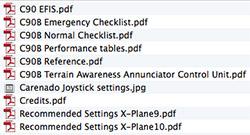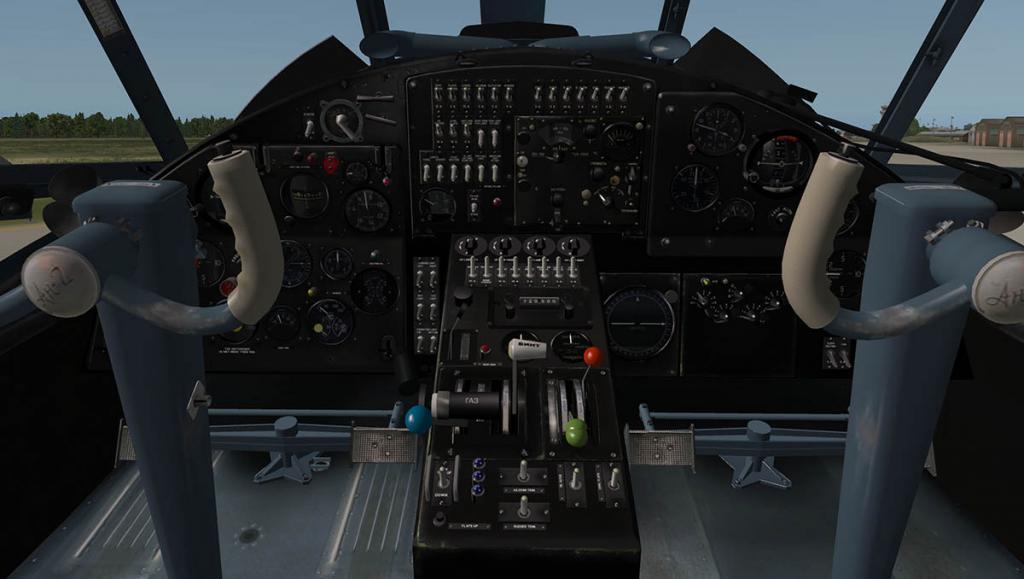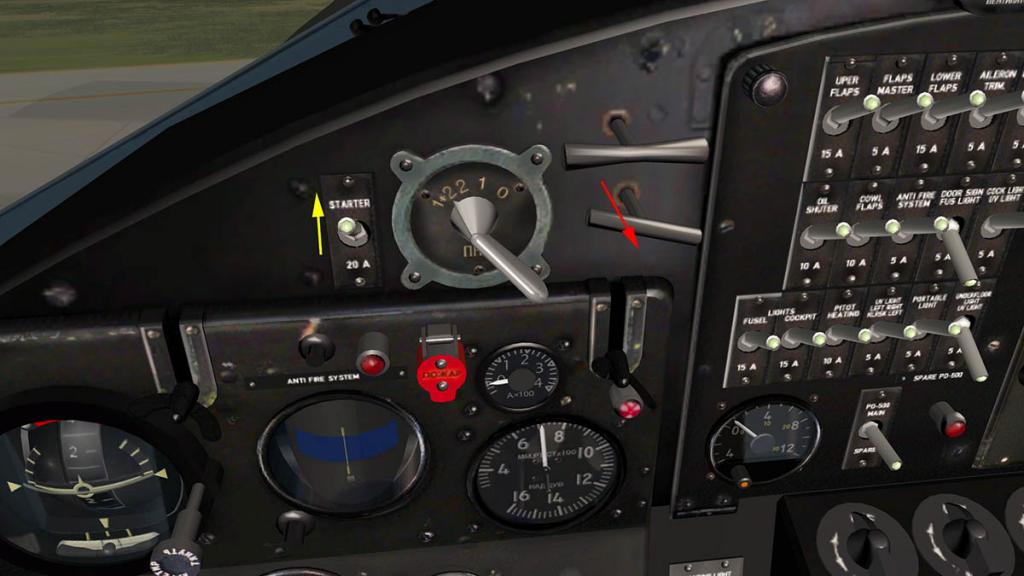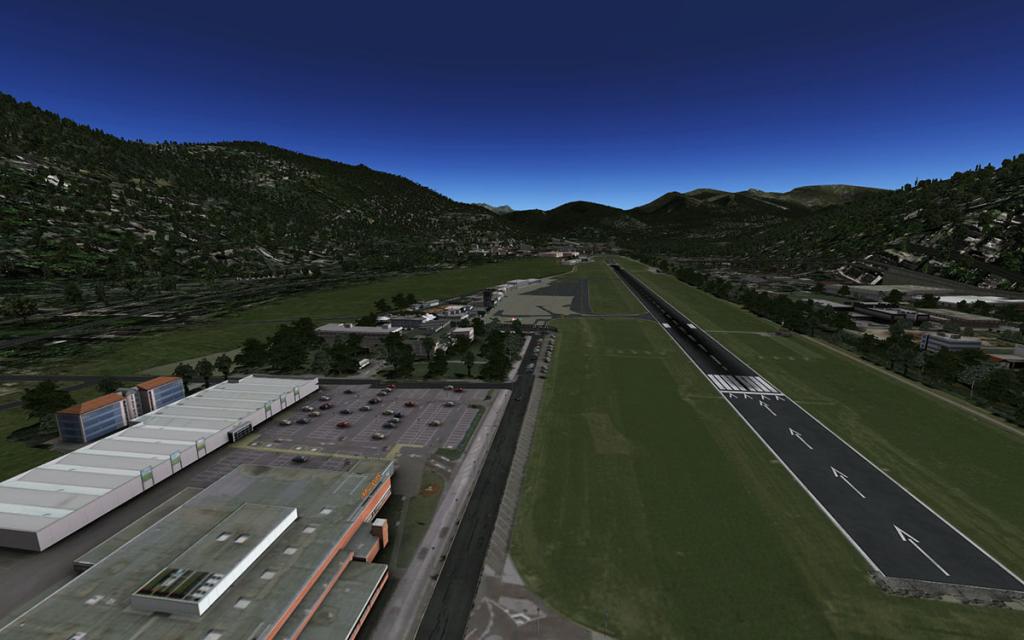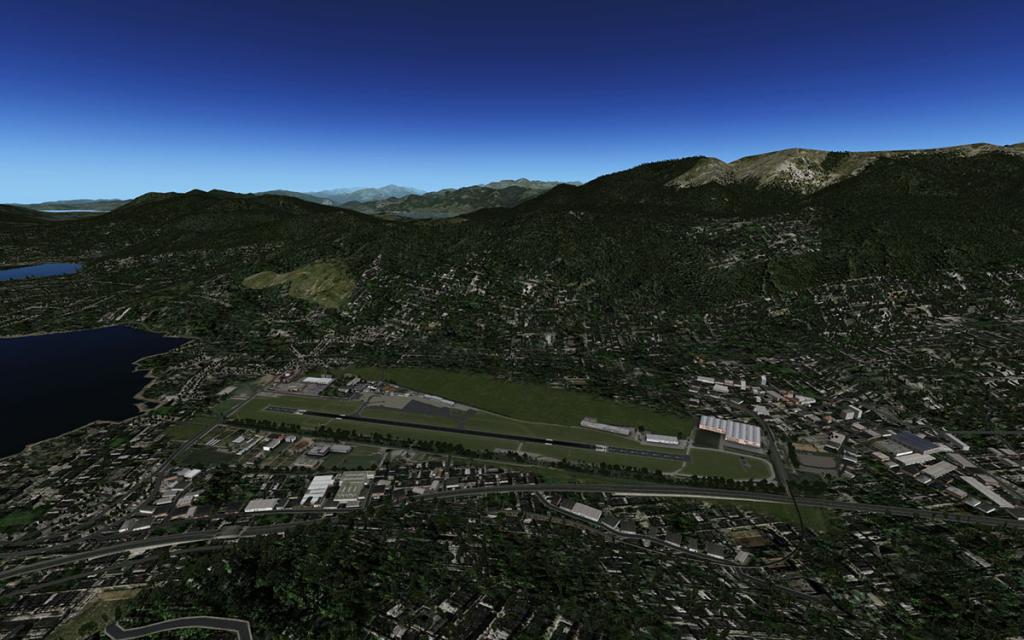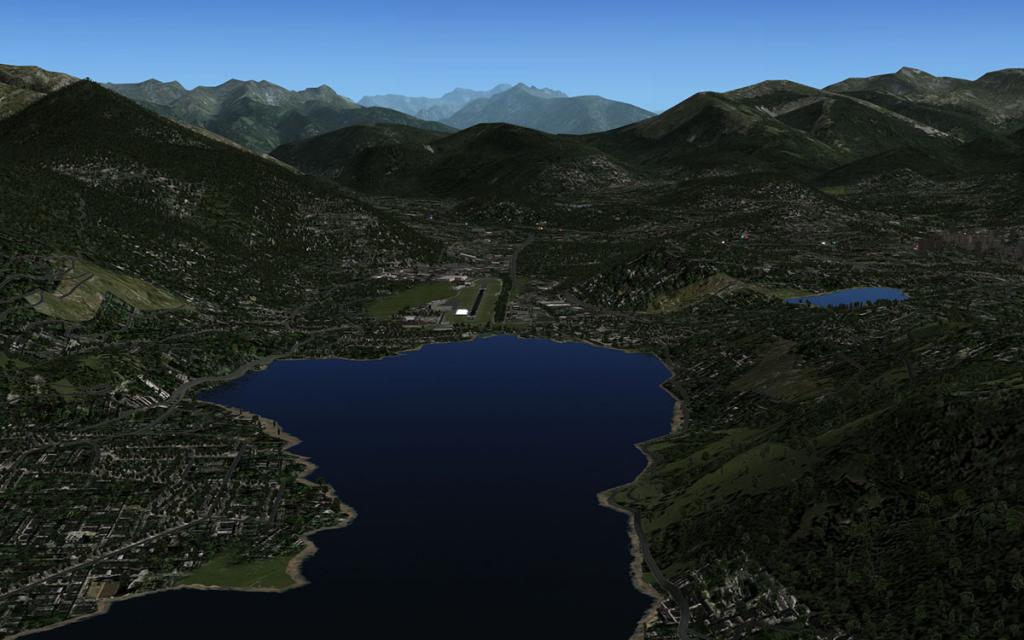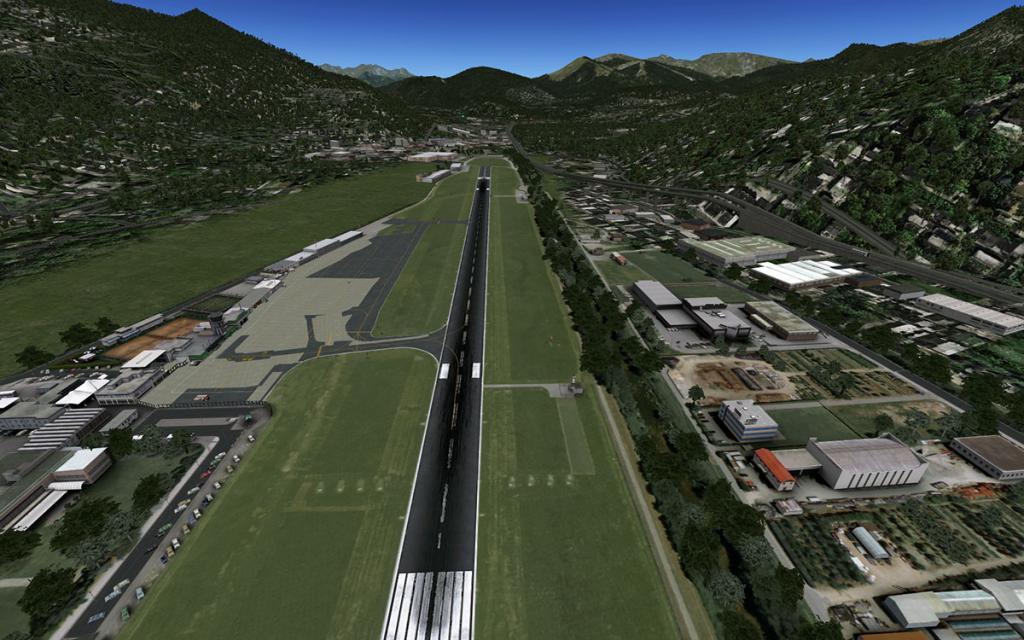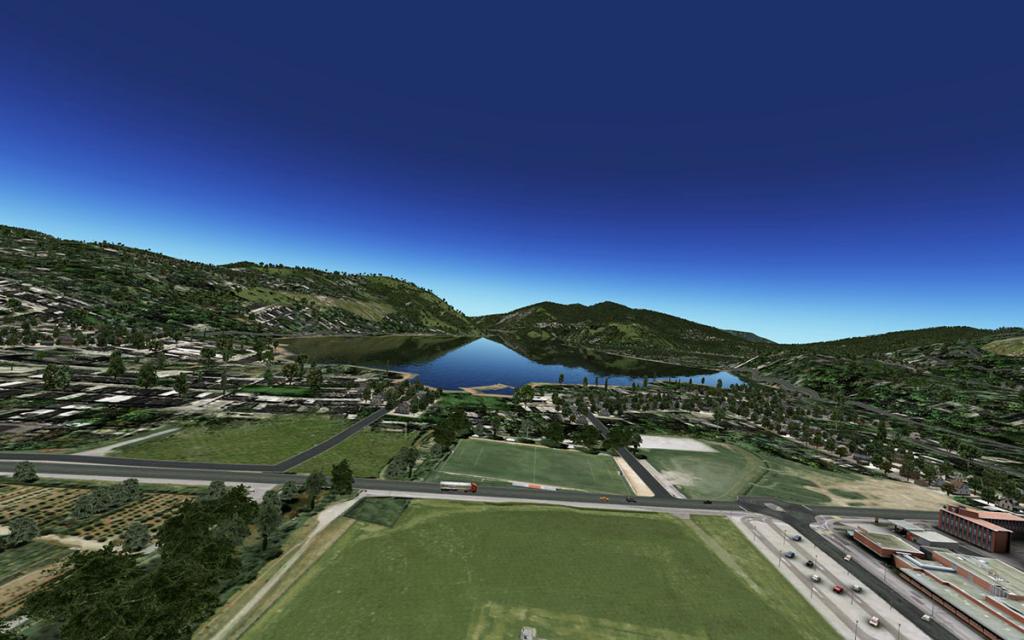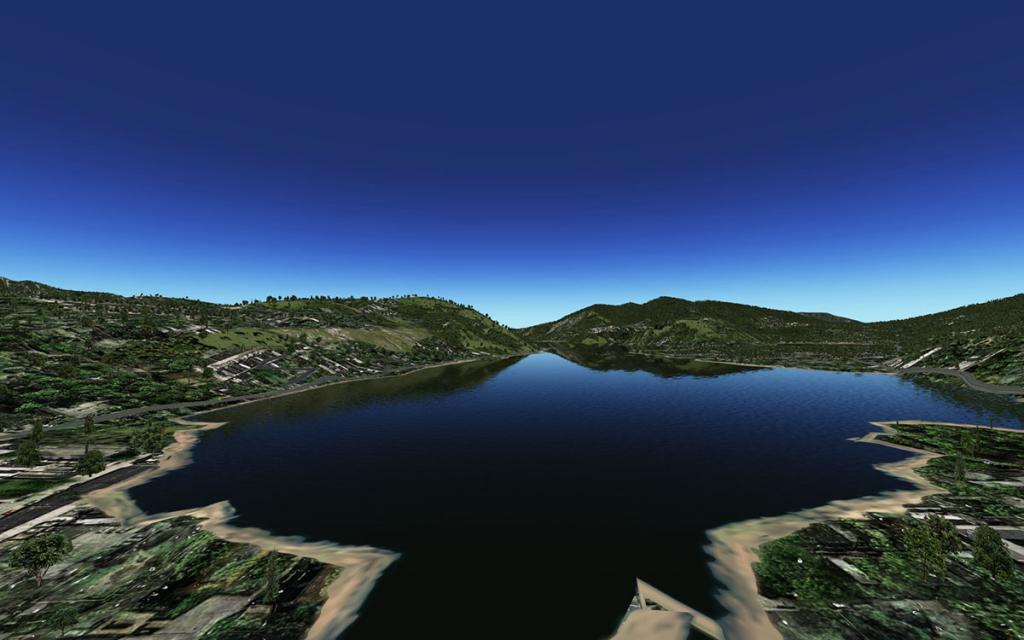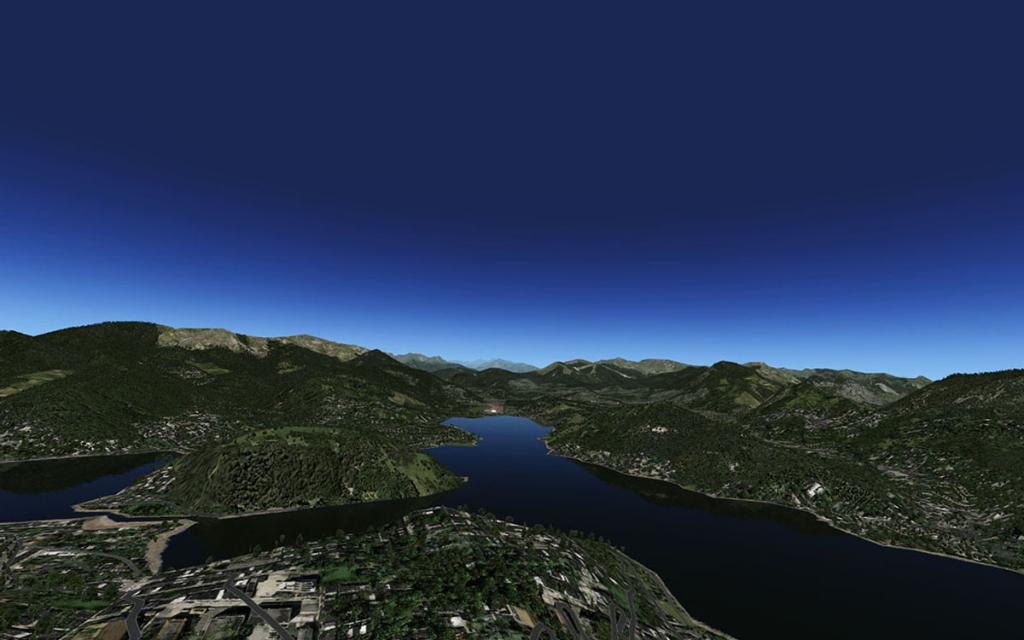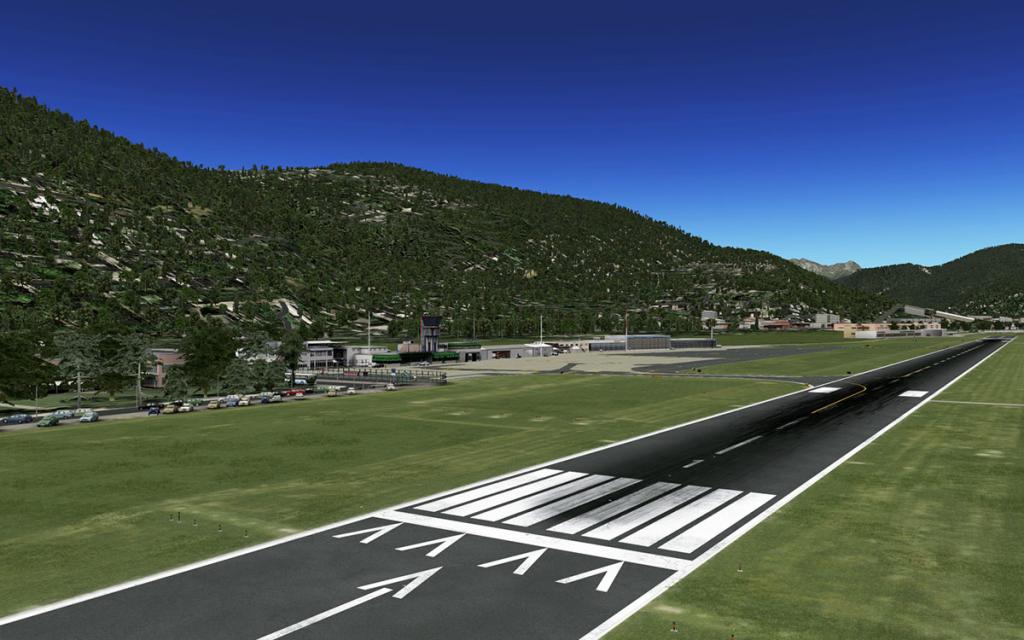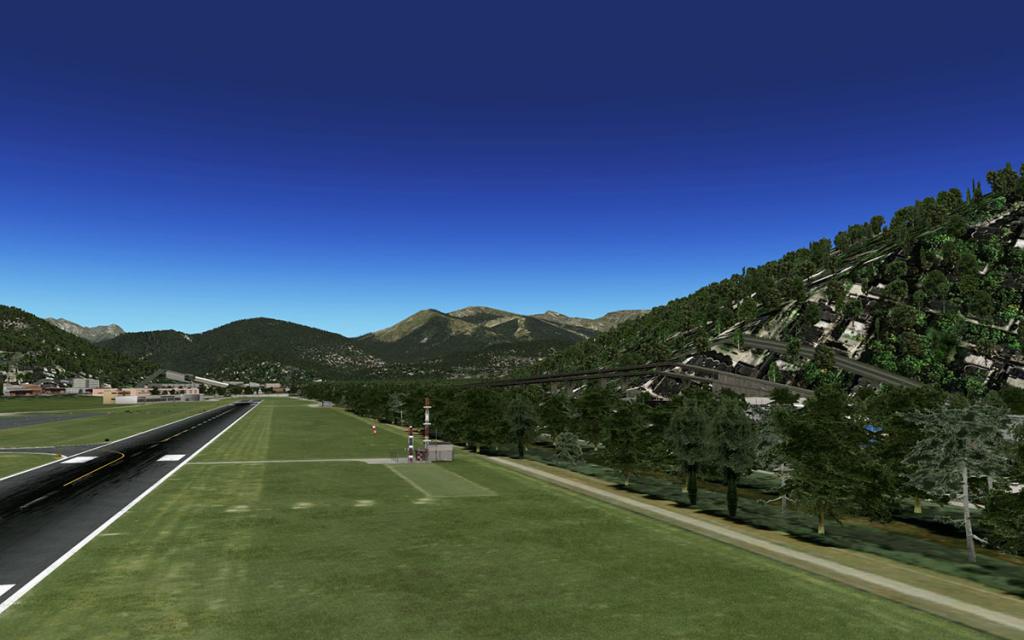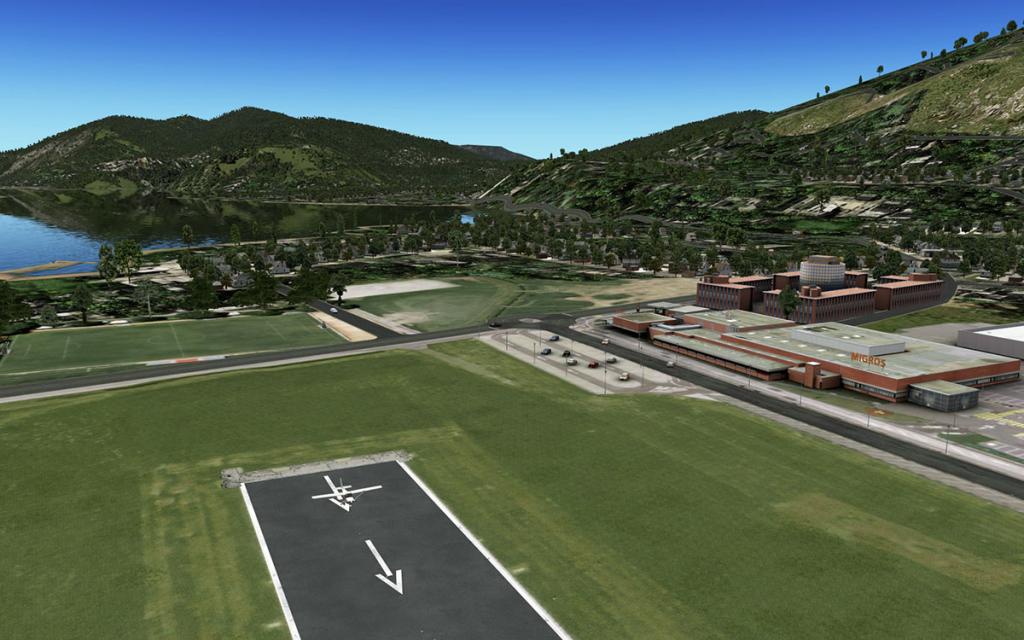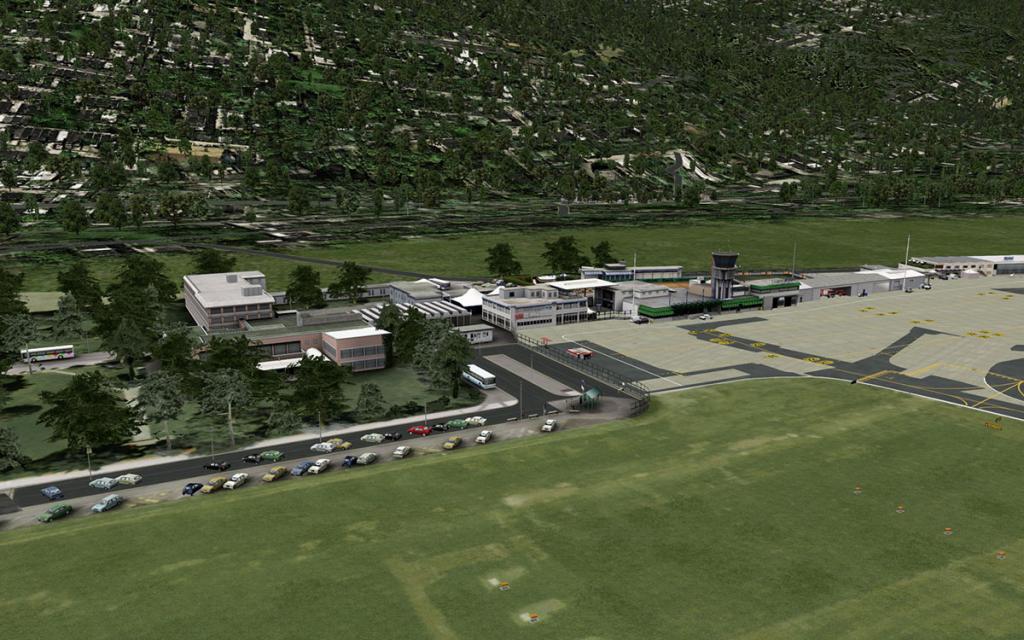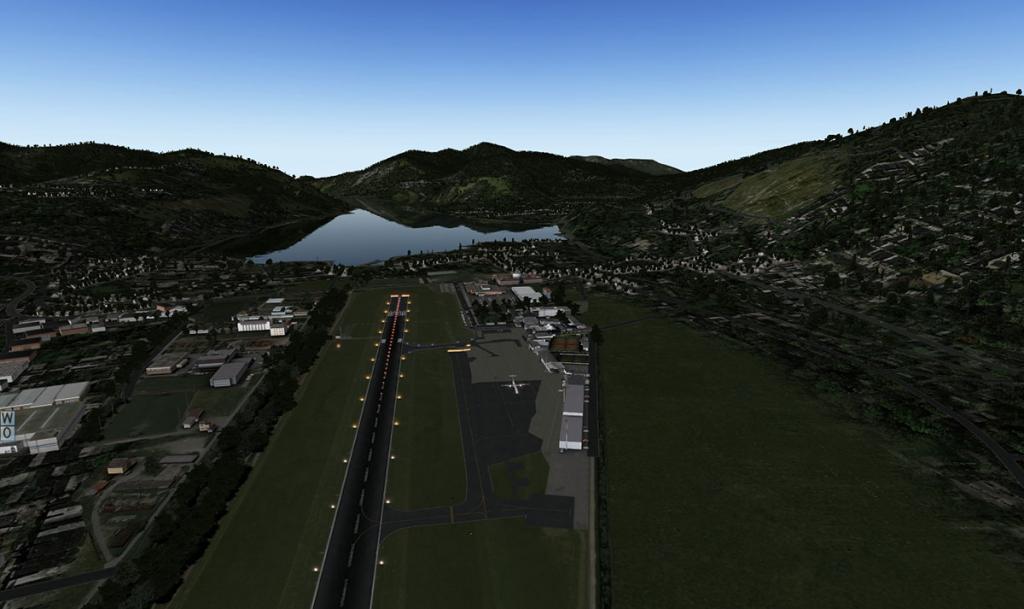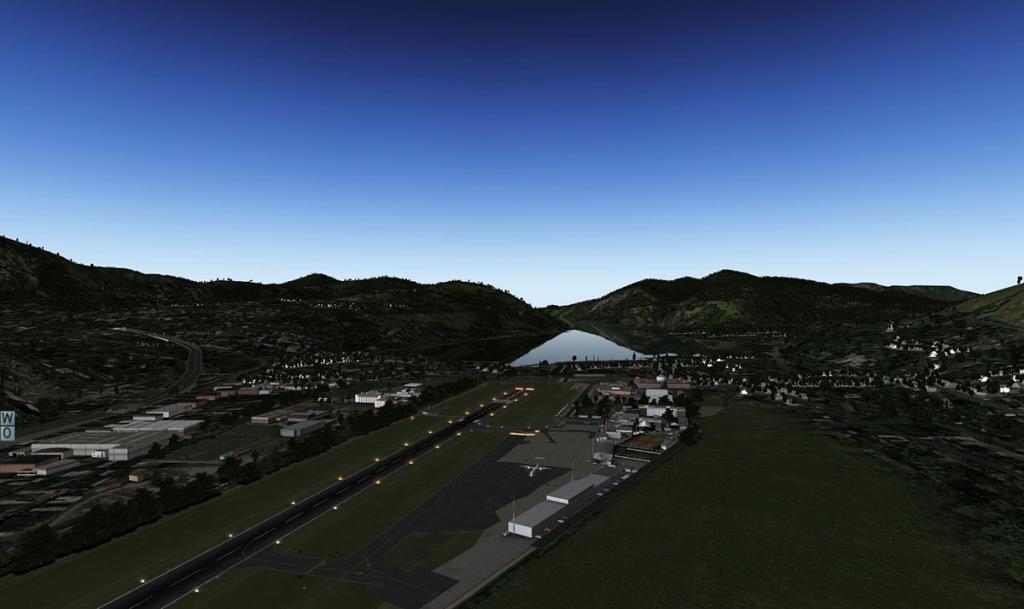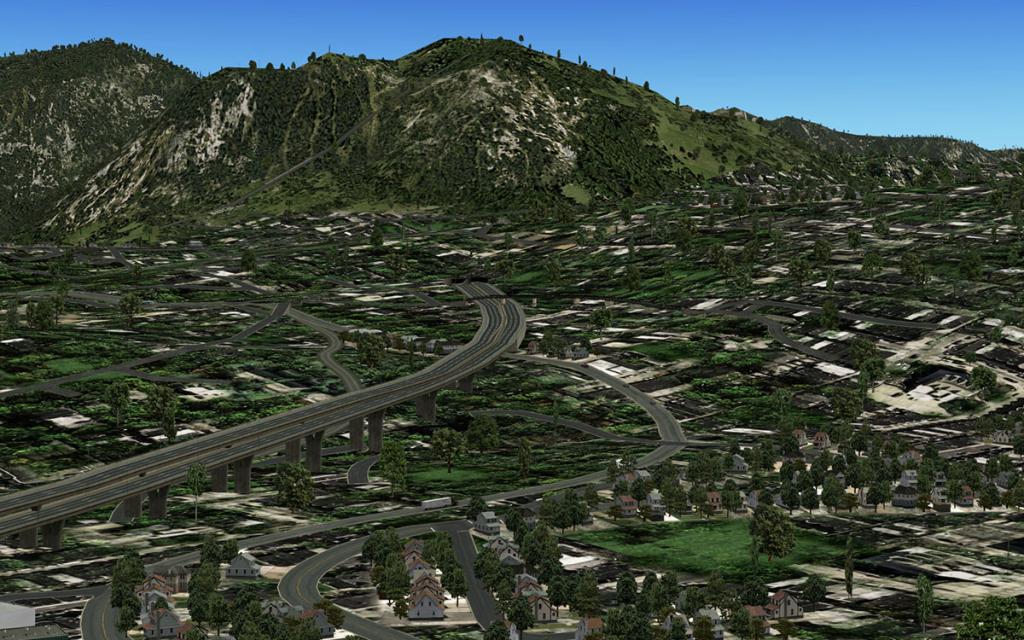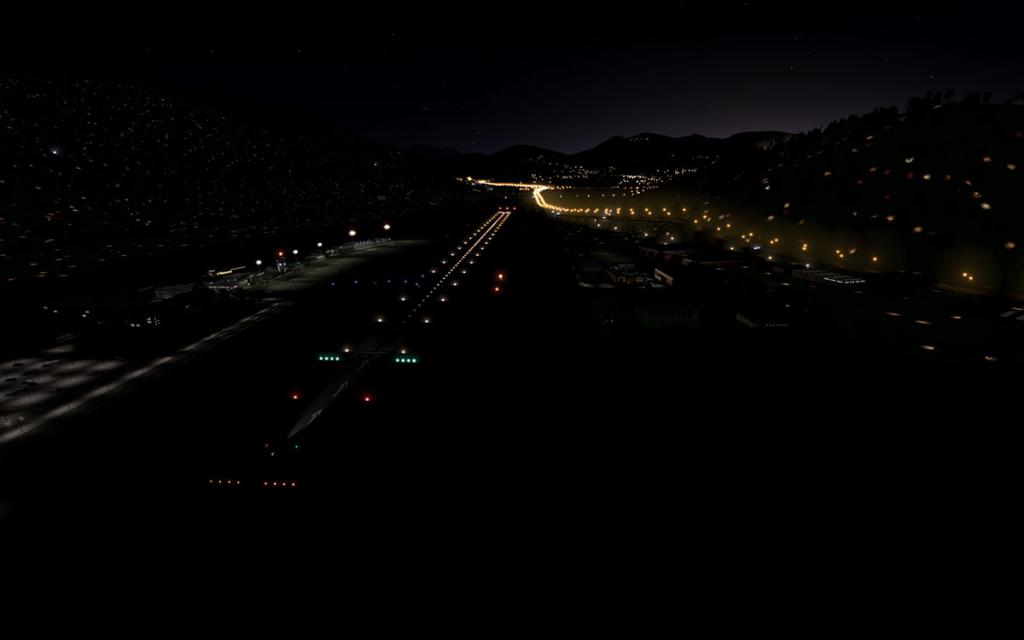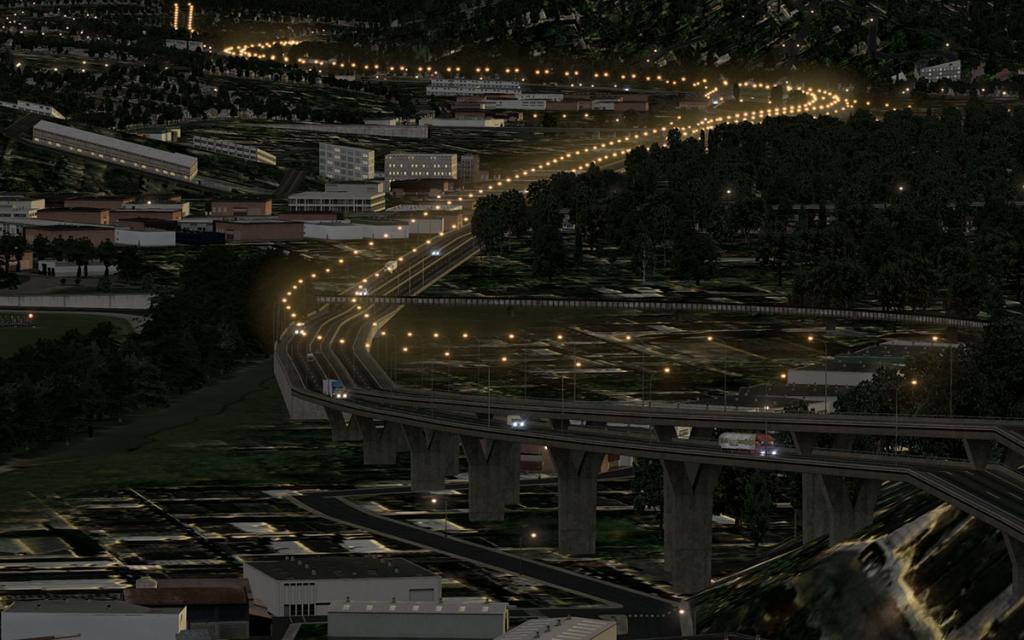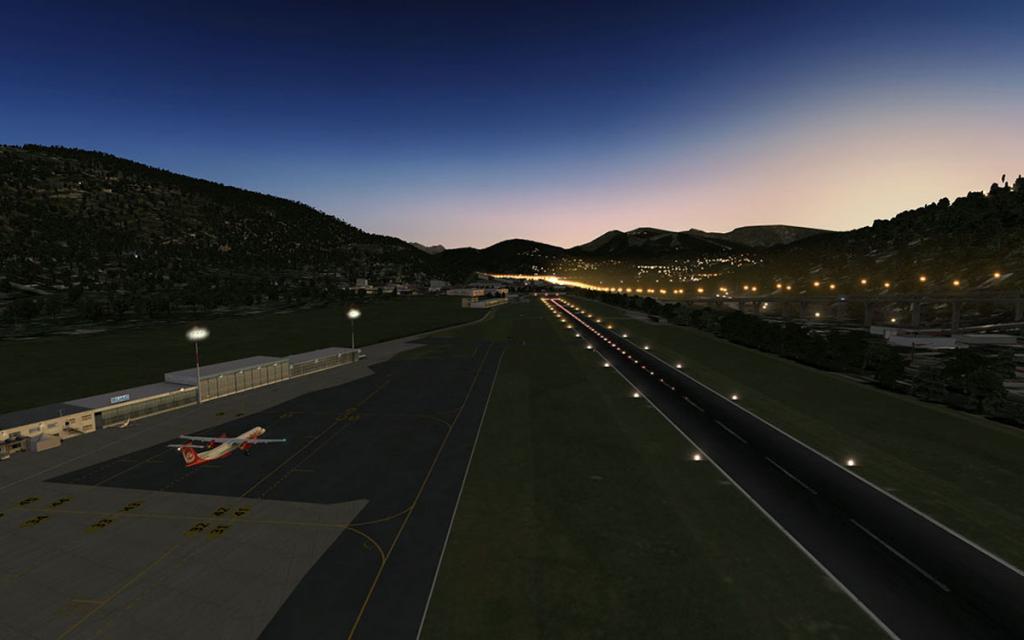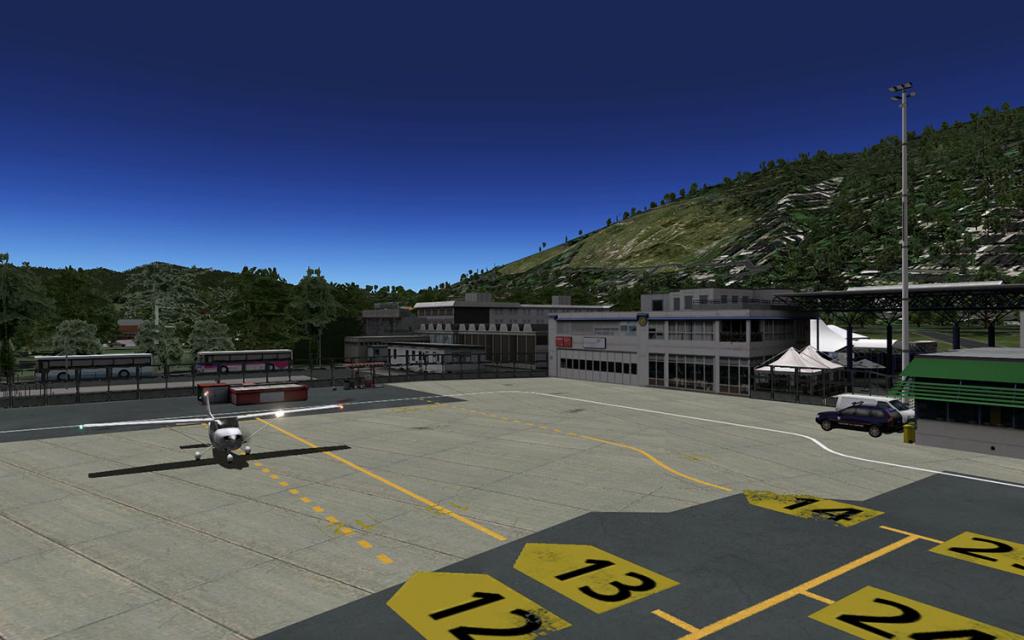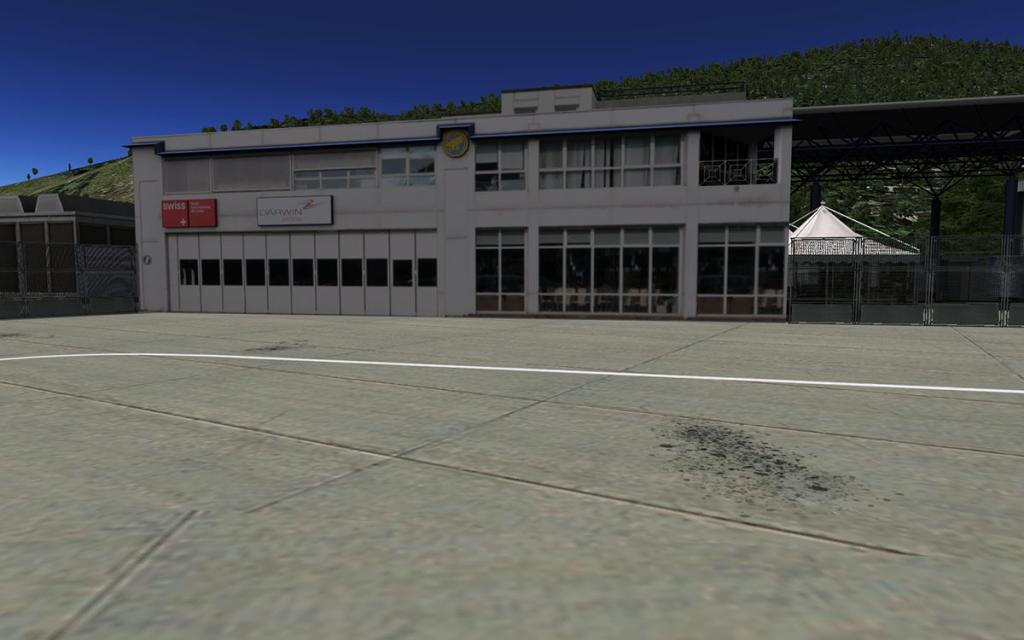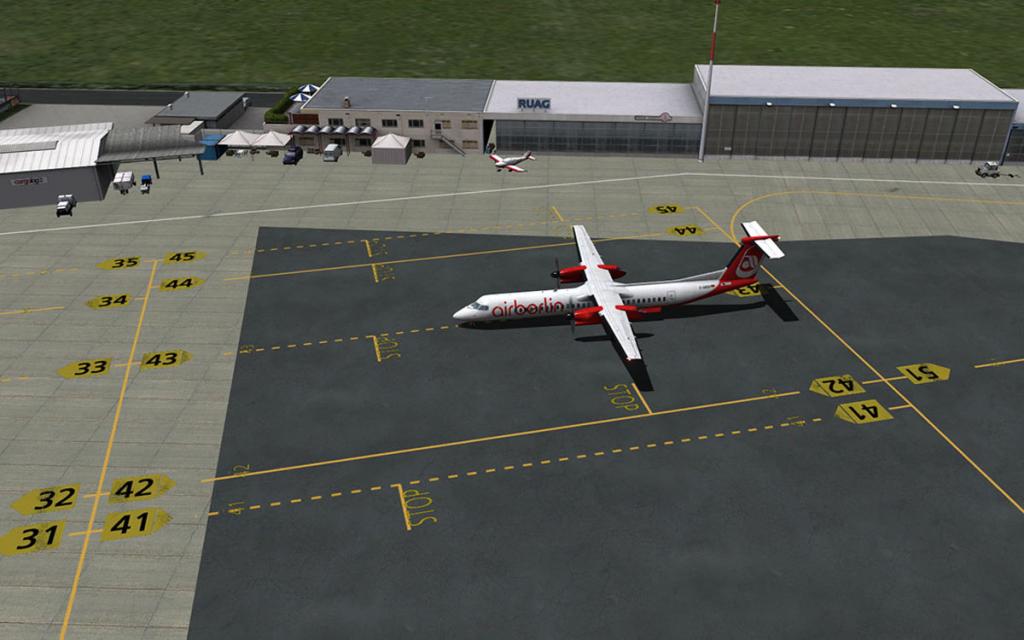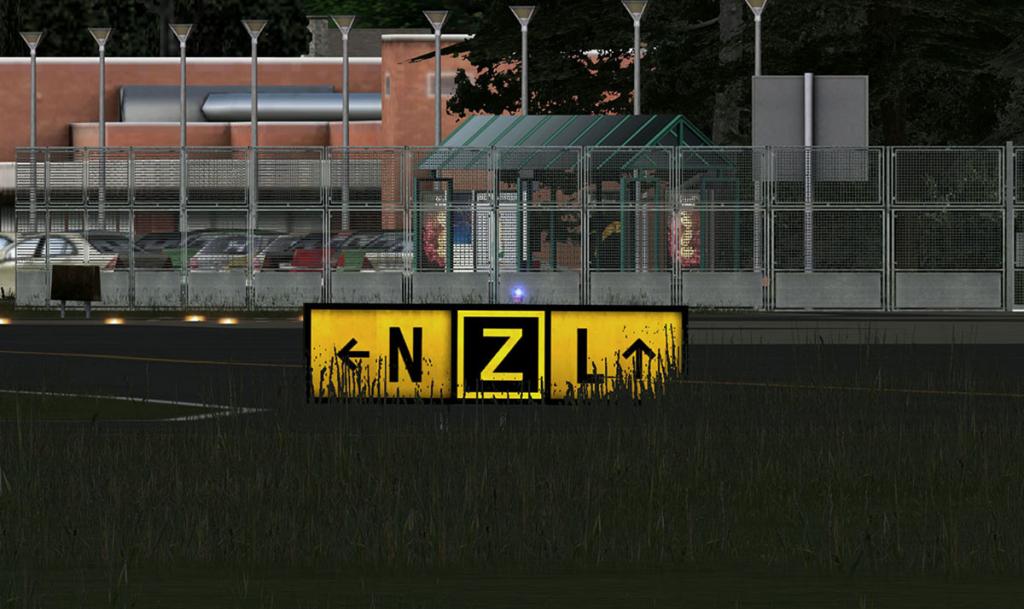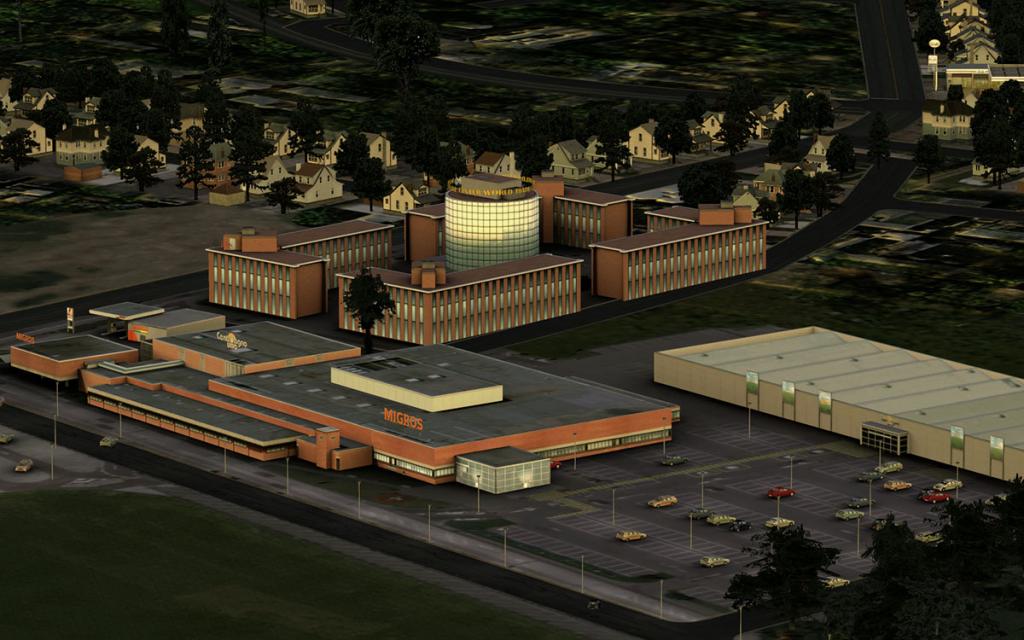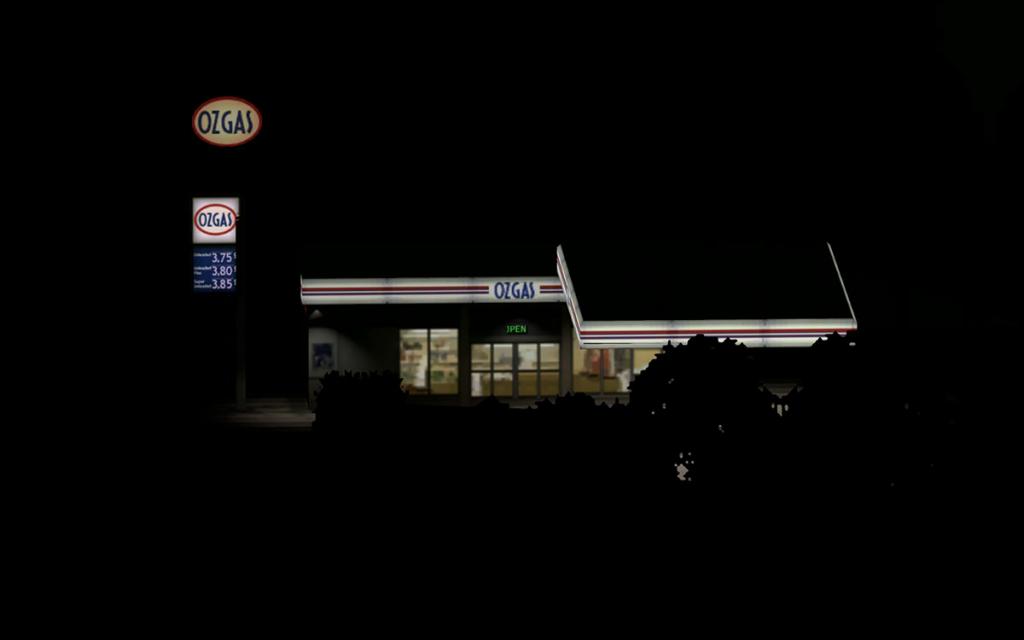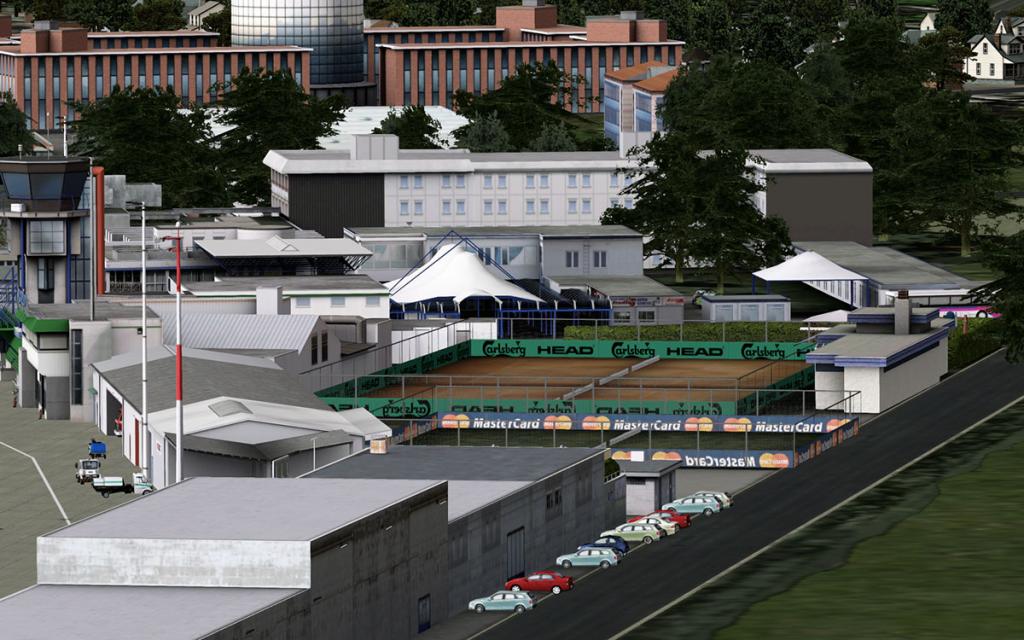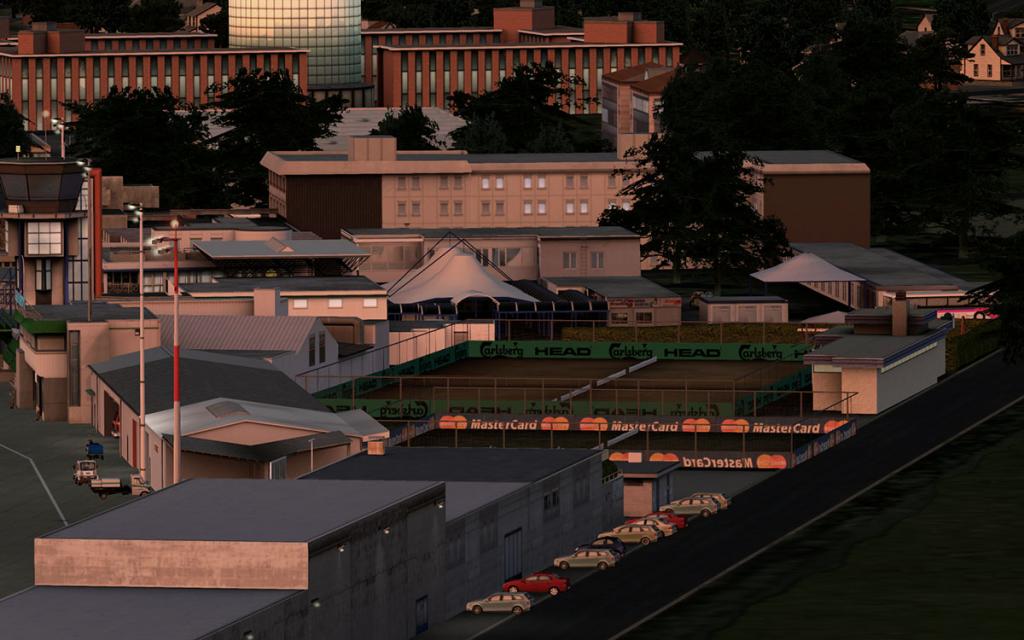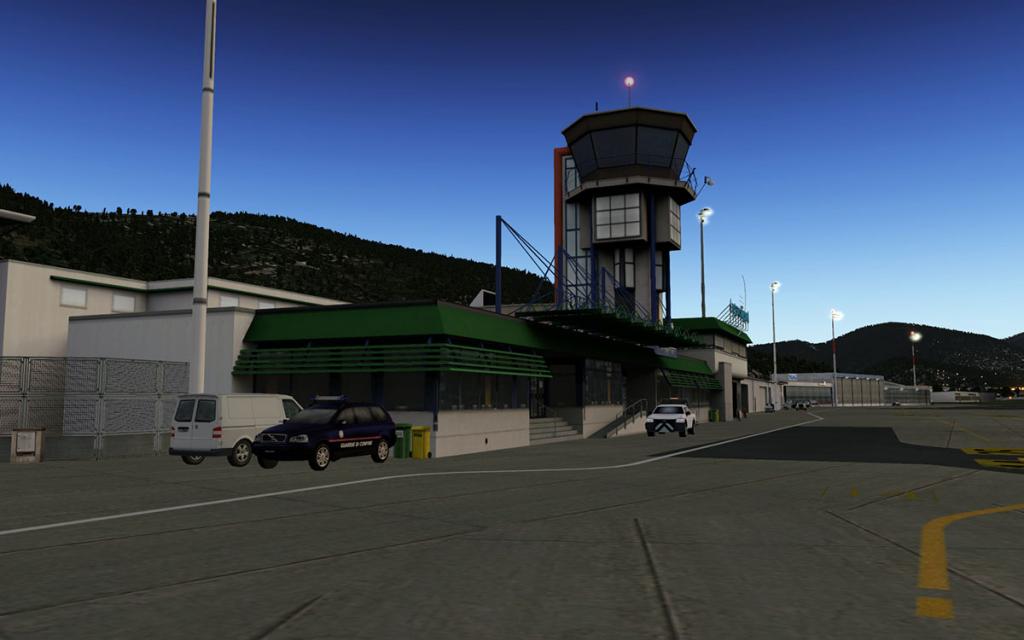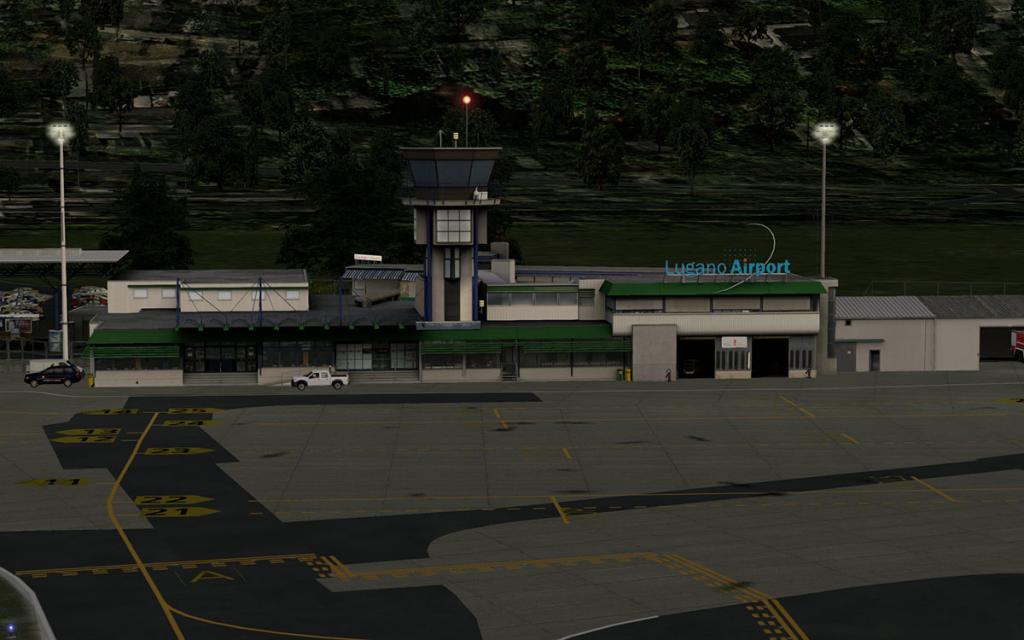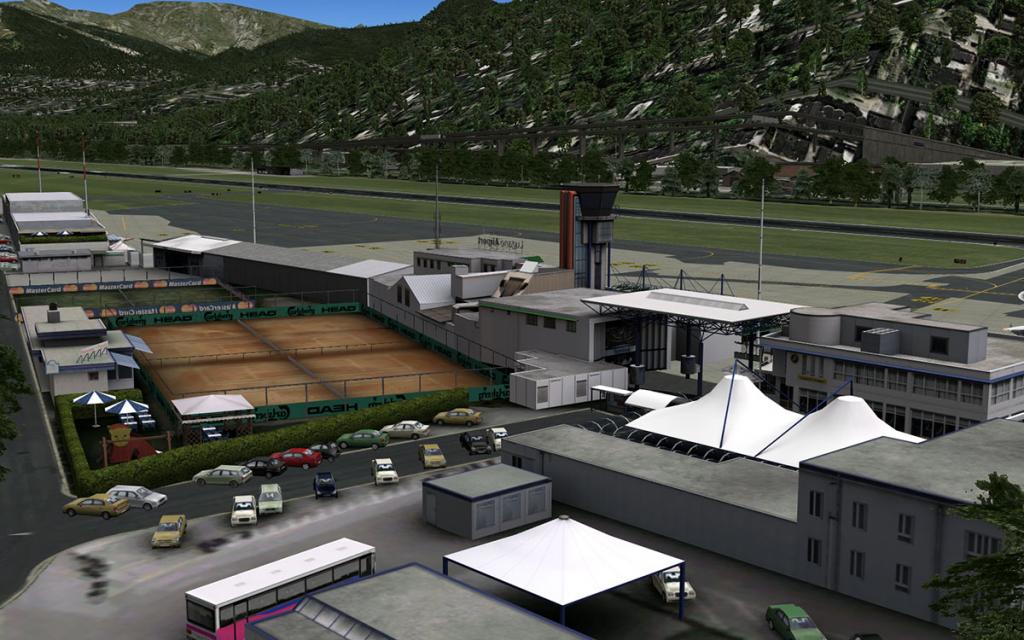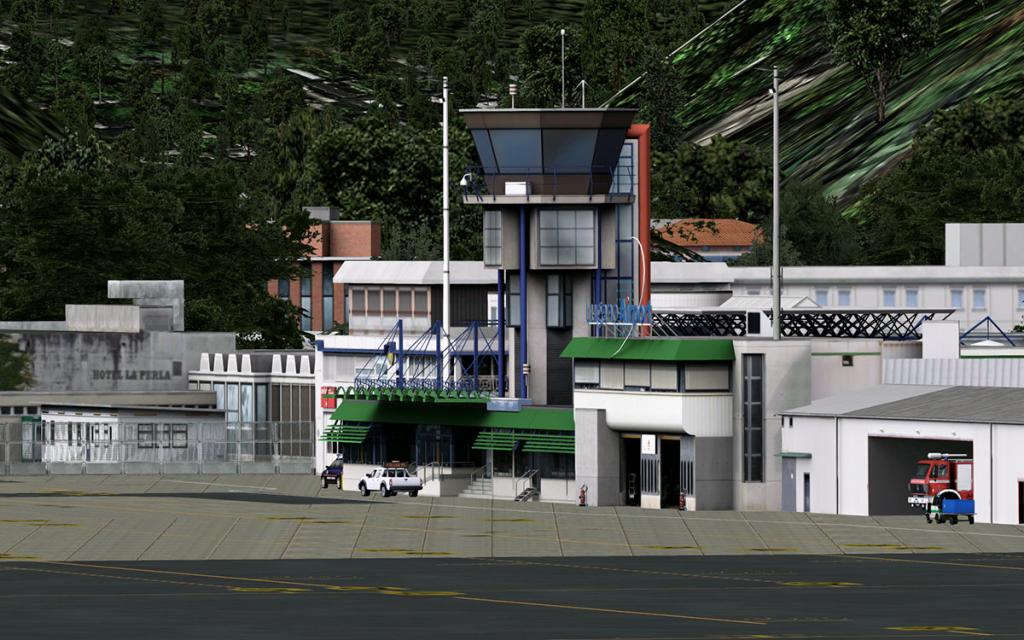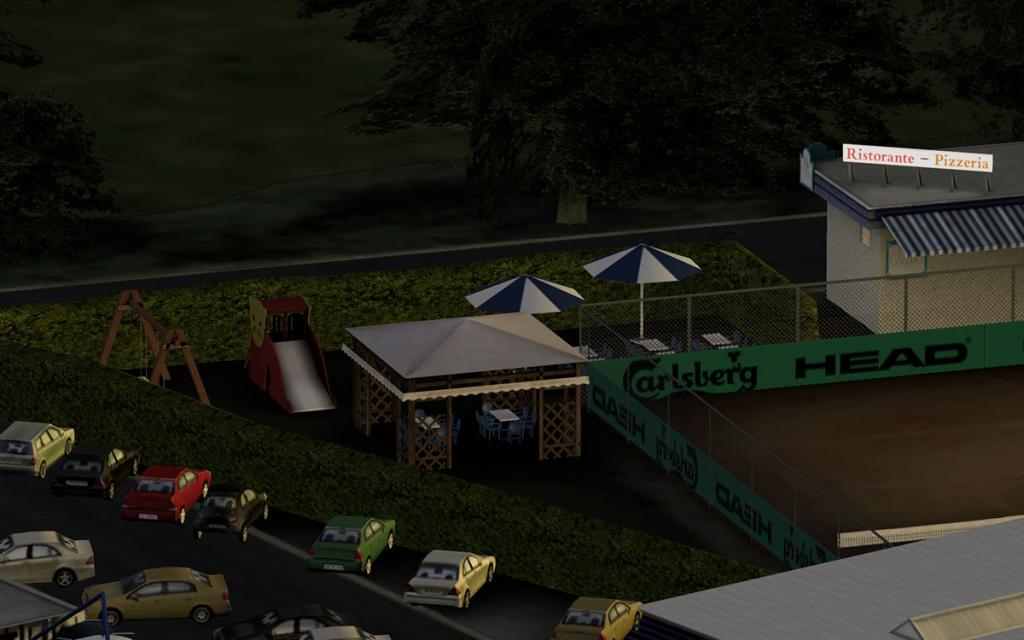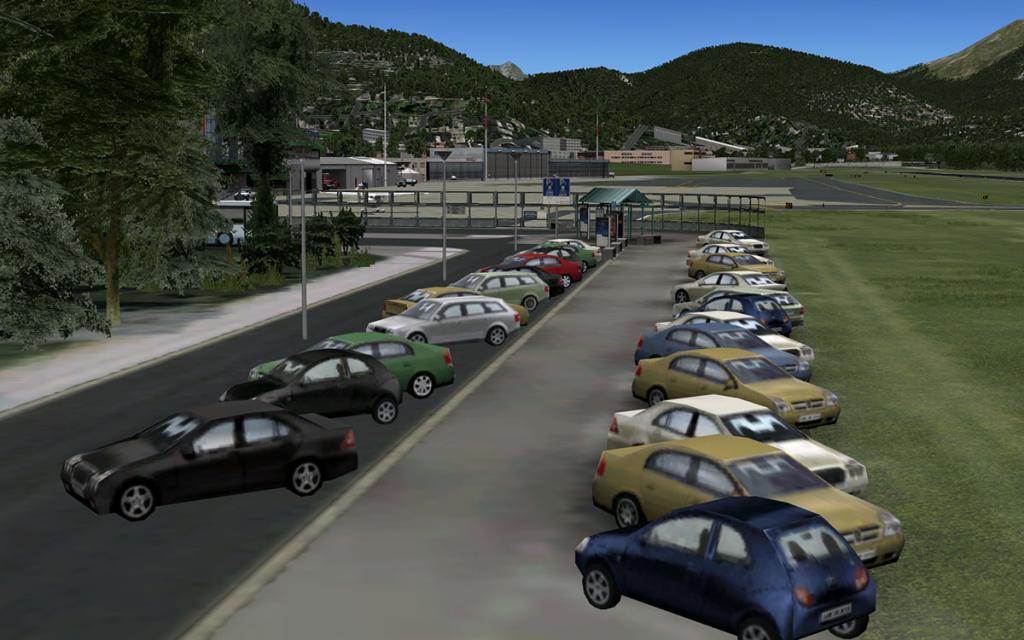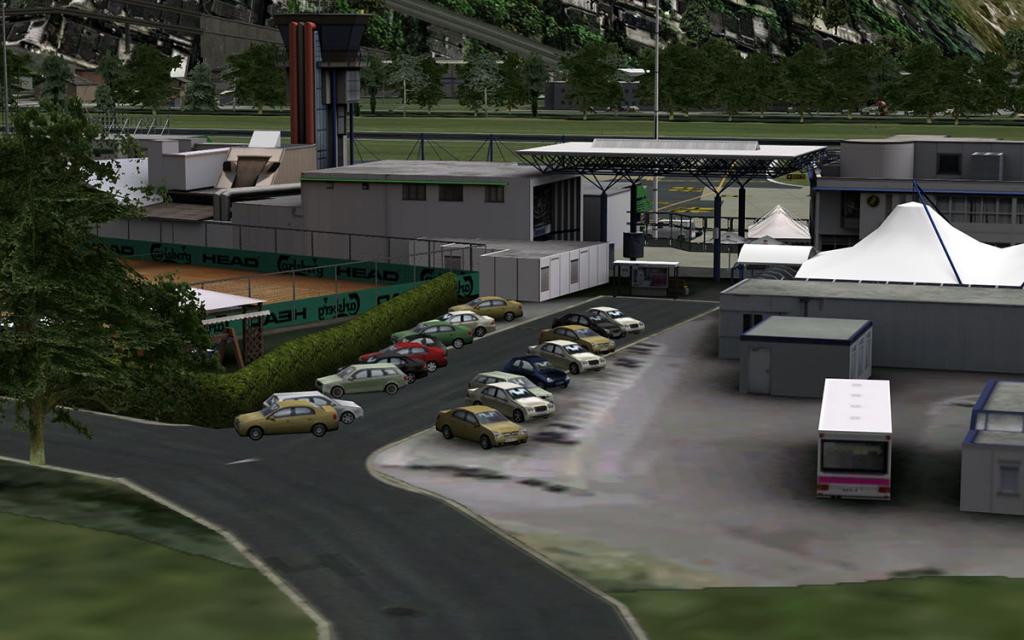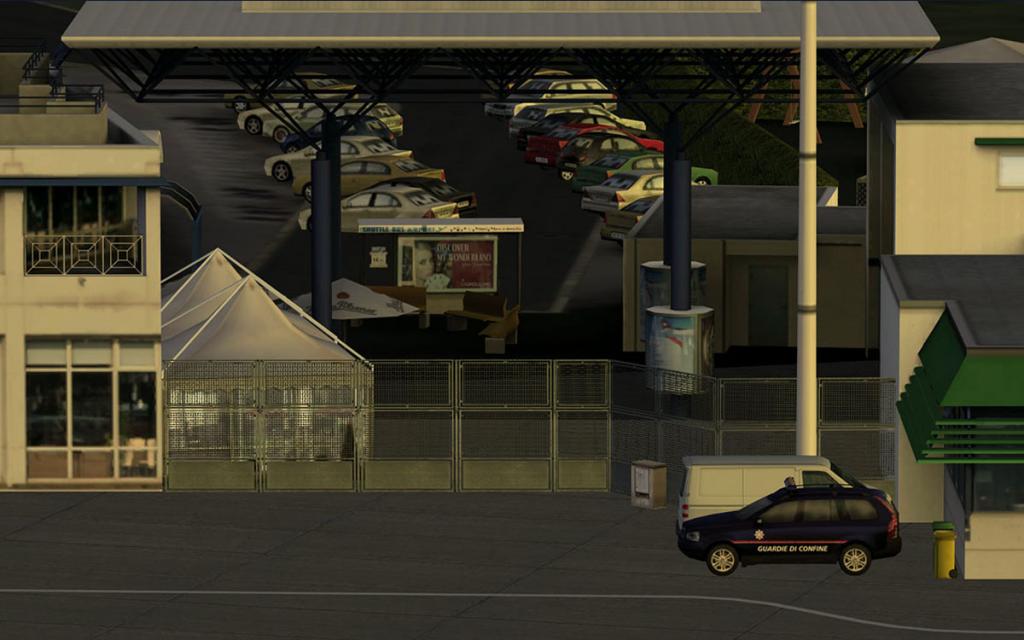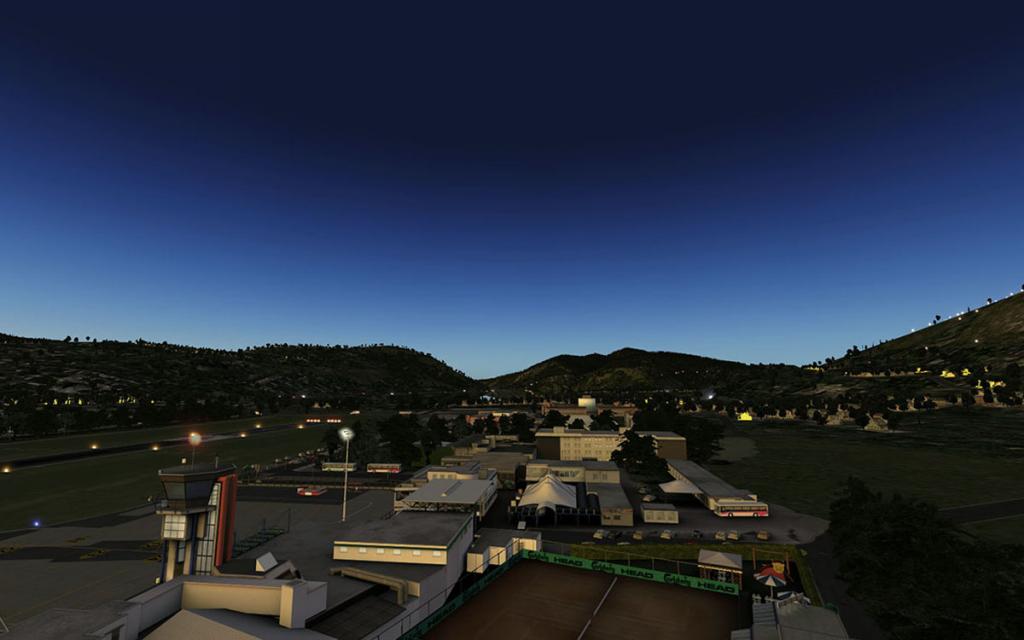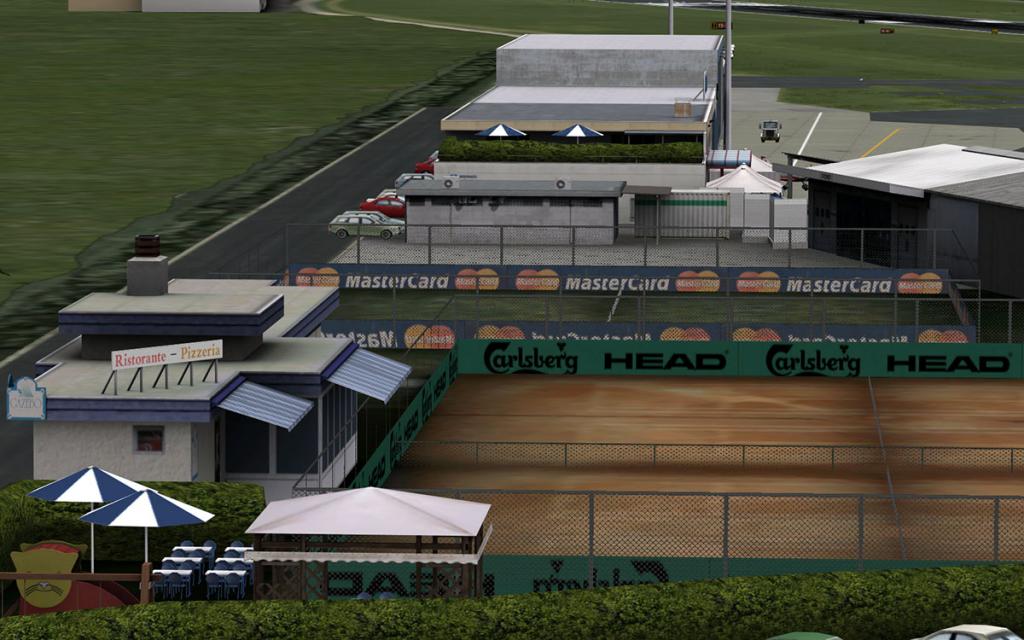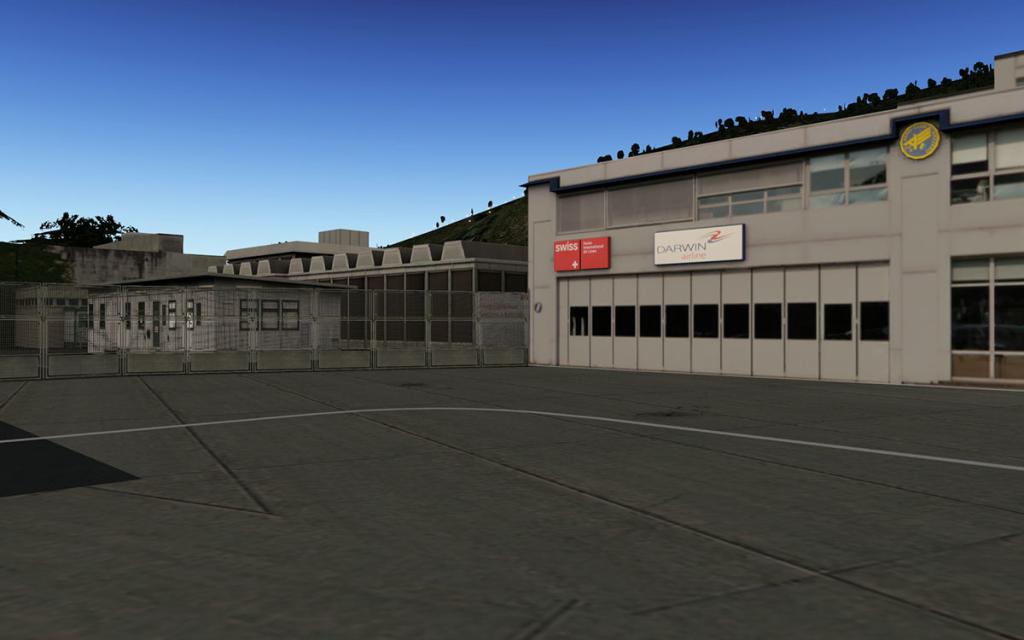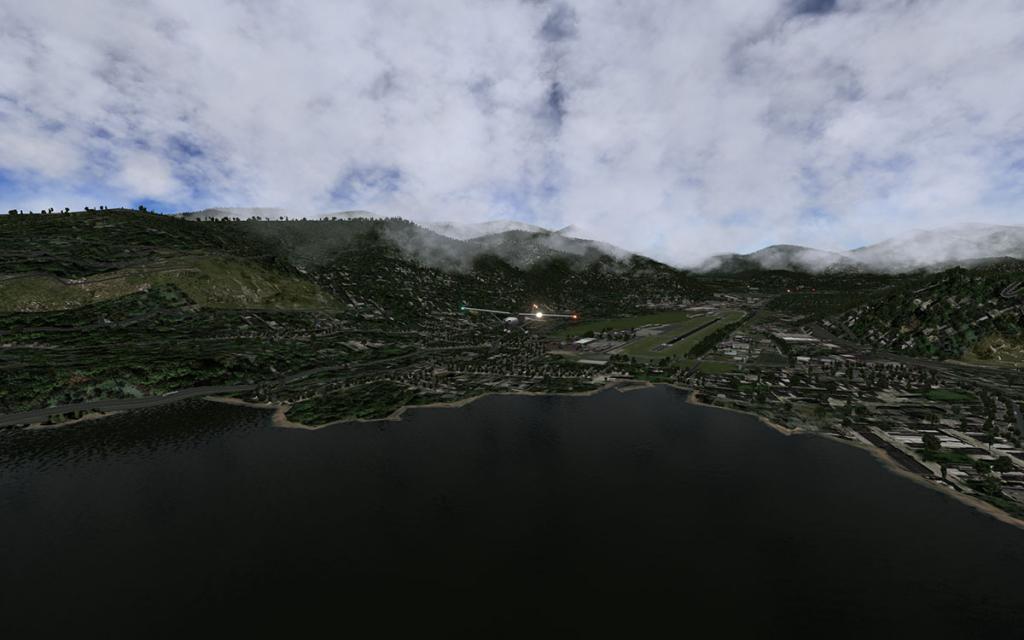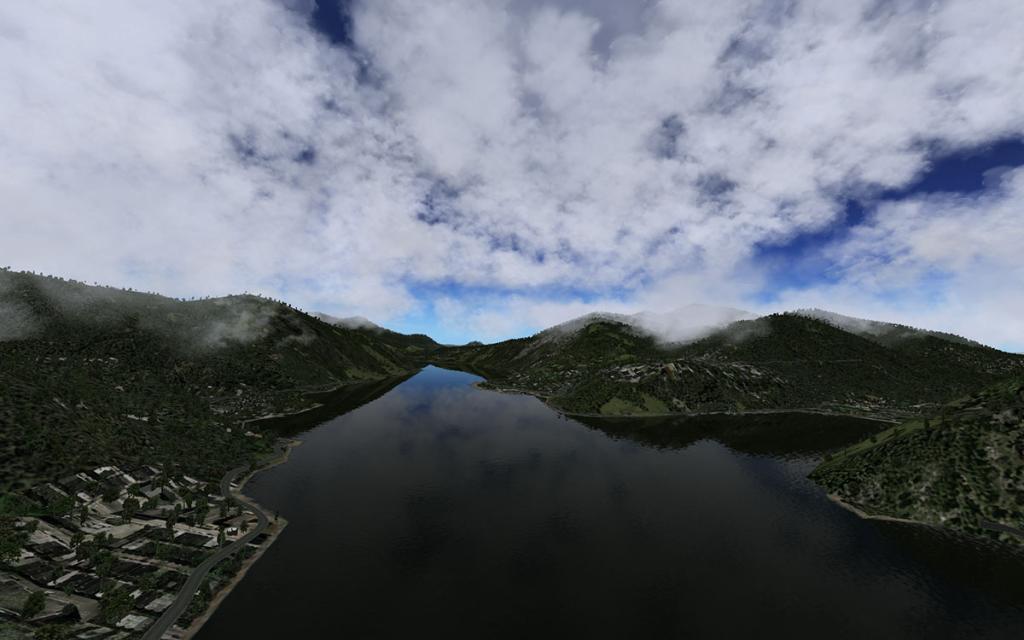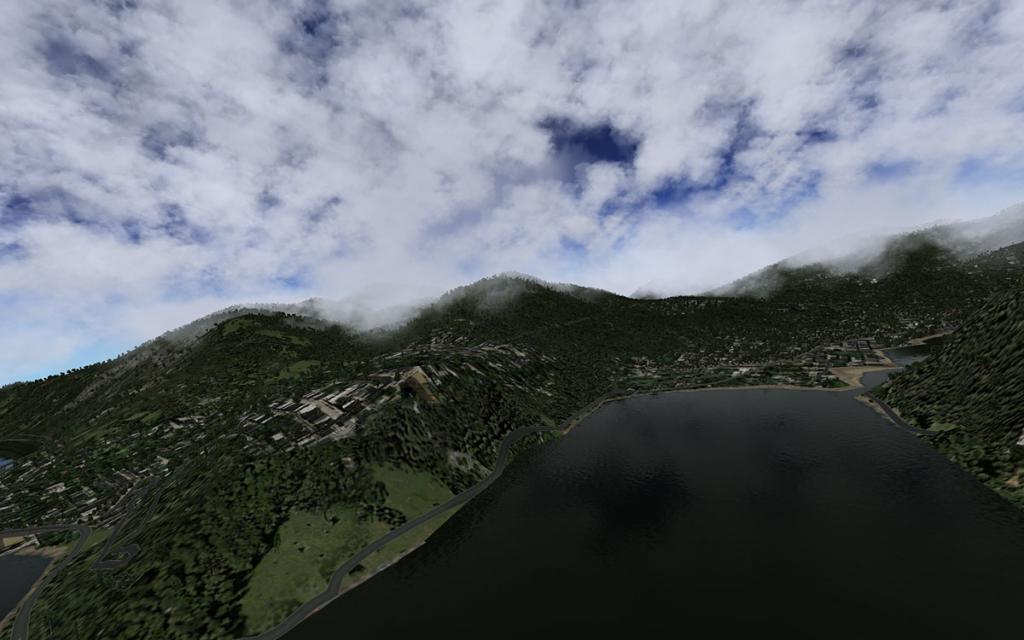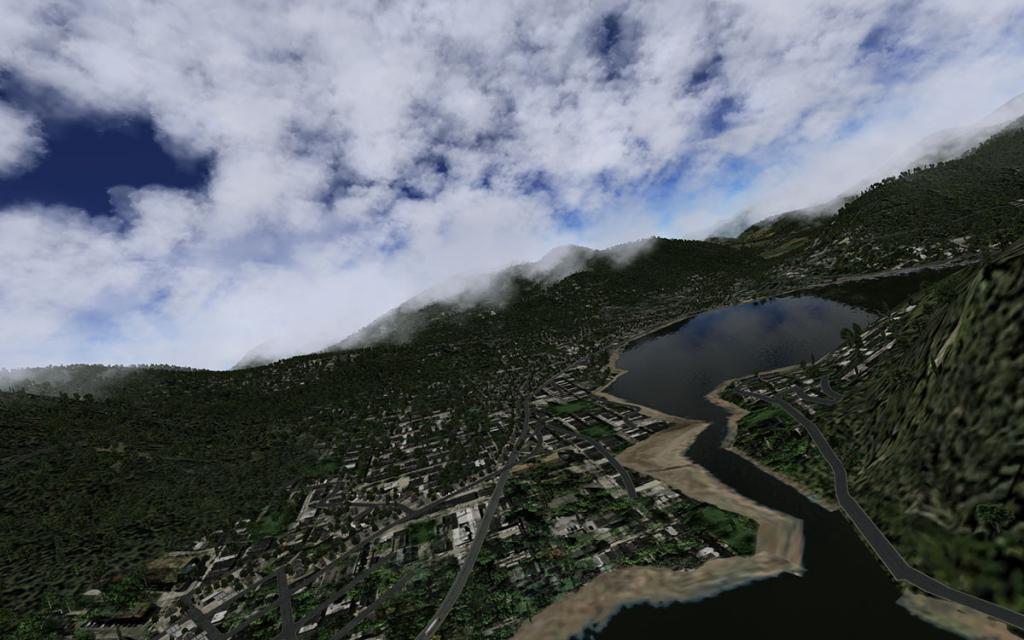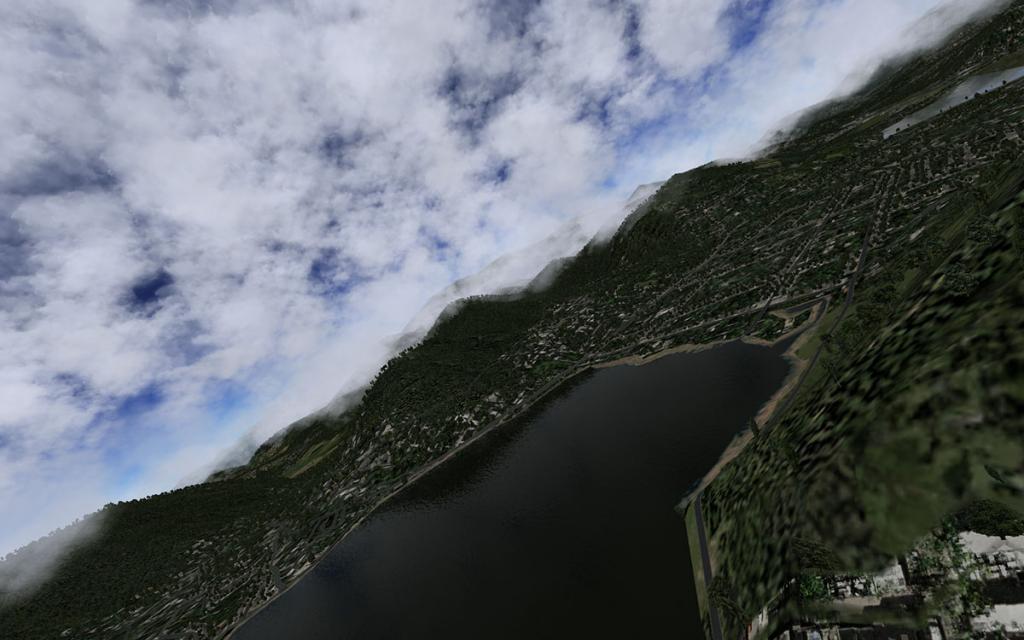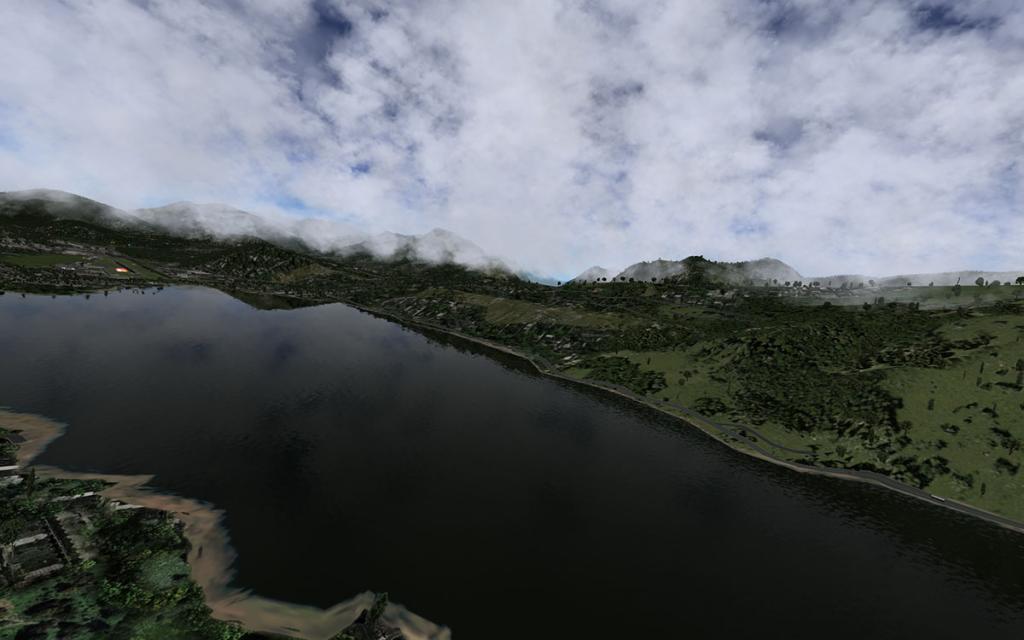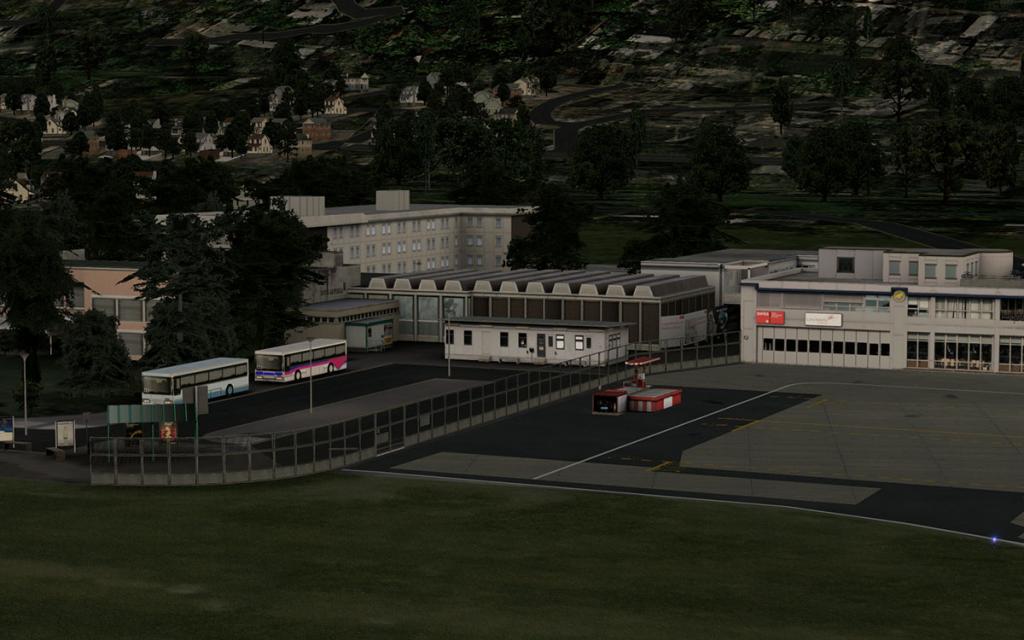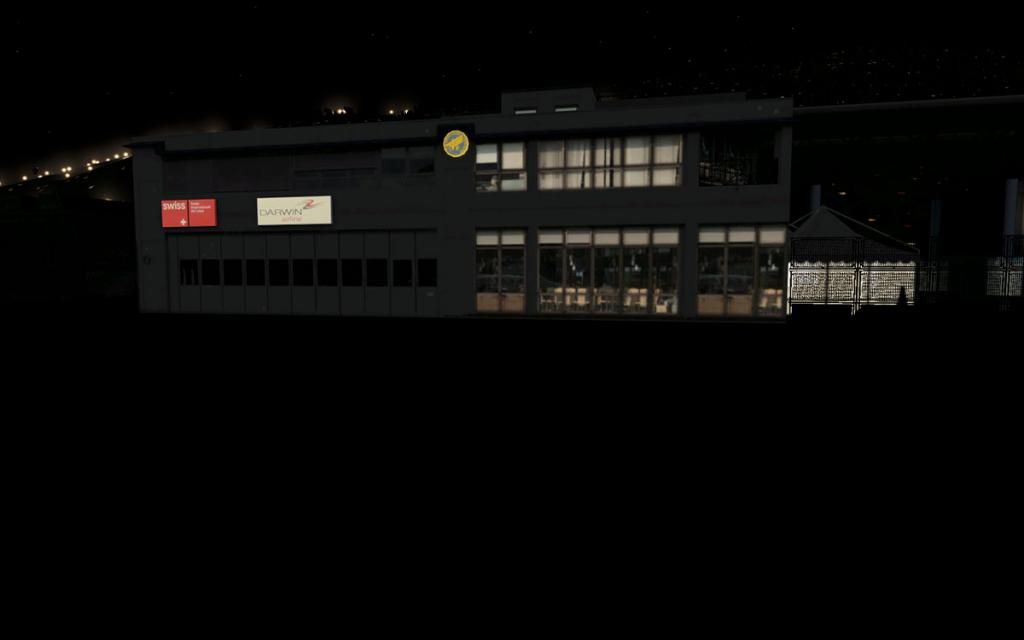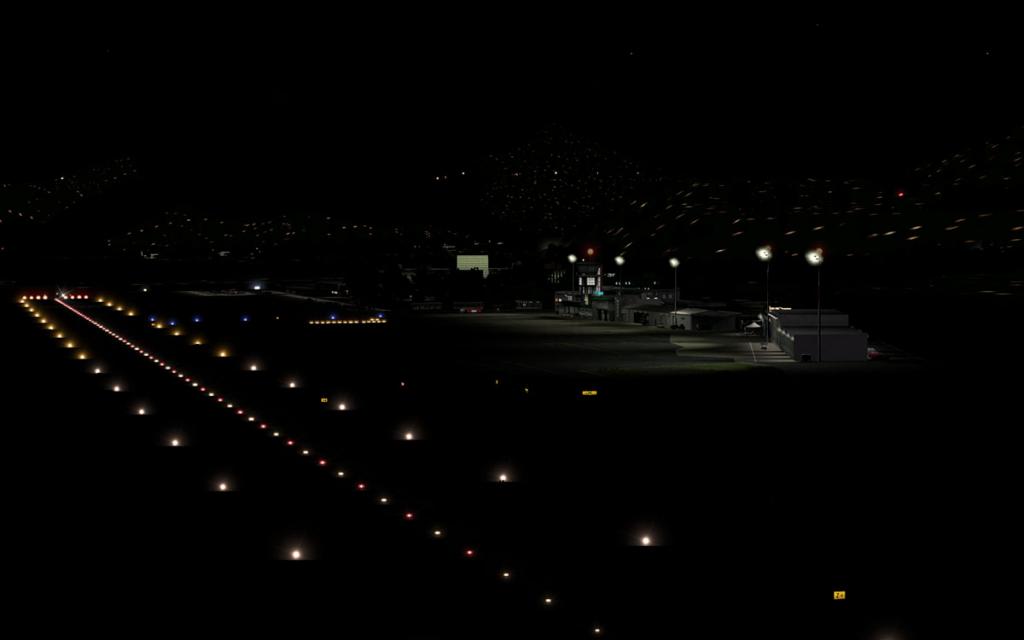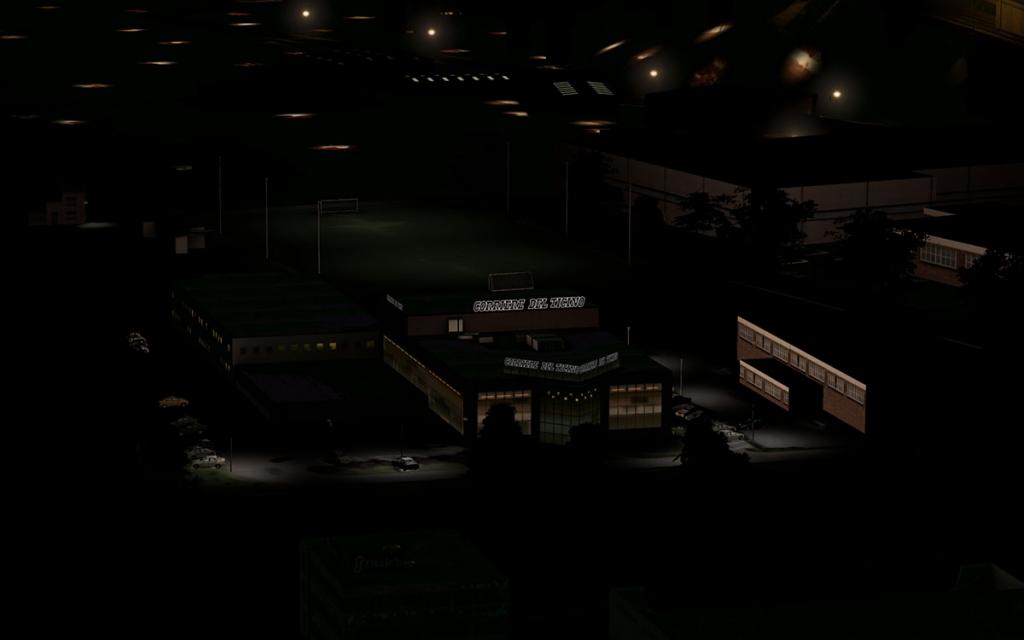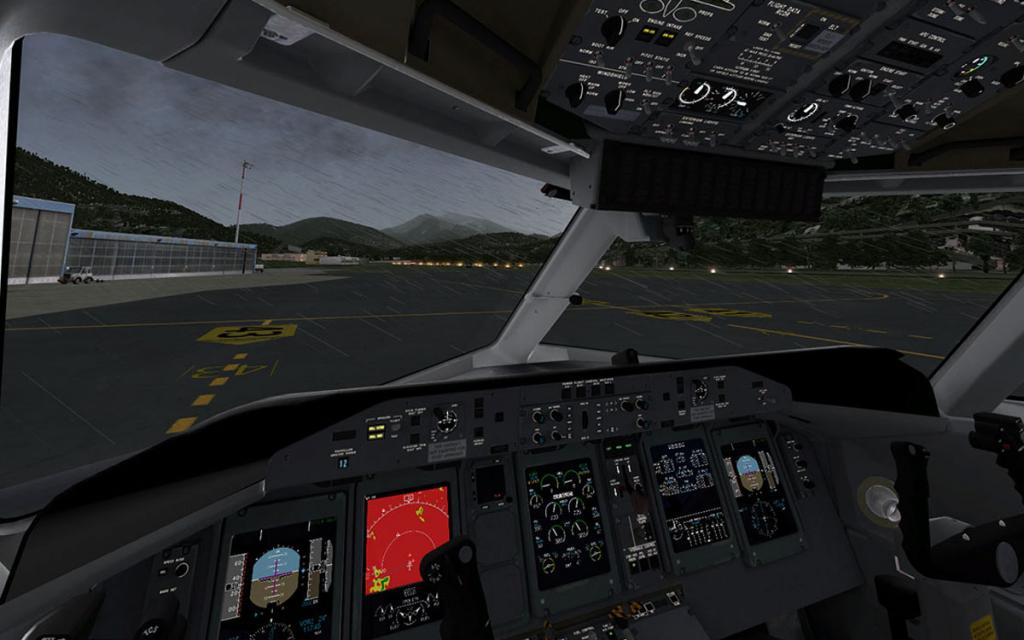Leaderboard
Popular Content
Showing content with the highest reputation on 11/26/13 in all areas
-
Aircraft Review : Antonov An-2 by Red Eyes (X-Plane aircraft design Bureau) The Antonov An-2 is known endearingly by the Russian nickname of "Annushka" or "Annie" that was built by the Antonov Design Bureau (now State Company) to meet a 1947 Soviet Ministry of Forestry requirement for a replacement for the then popular Polikarpov Po-2. It is a Soviet mass-produced single-engine biplane for utility/agricultural use and hence its other nickname "Kukuruznik" which means literally "cropduster". The Antonov An-2 was a large single bay biplane of all-metal construction, with an enclosed cockpit and a cabin with room for seats to accommodate up to twelve passengers and cargo. The first prototype was designated SKh-1, and was powered by a Shvetsov ASh-21 radial engine, and it first flew on 31st August 1947. The second prototype was fitted with a more powerful Shvetsov ASh-62 engine, which then allowed the aircraft's payload to be significantly increased from 1,300 kg (2,870 lb) to 2,140 kg (4,720 lb), and it was in this form it was ordered into production. It was first built in the State Factory 473 in Kiev, in the Ukrainian SSR where the bulk of up to 5,000 units had been produced by 1960. Later Soviet production (after 1965, of model An-2M especially) was at the State Factory 464 at Dolgoprudniy, Russian SFSR. After 1960, most of the remaining An-2s were built at Poland's WSK factory in Mielec, with over 13,000 aircraft being made there before full production ended in 1991. For the long period of 45 years the An-2 held the record of the aircraft of the longest period of any aircraft in production, that record was held until just recently when it was finally exceeded by the Lockheed Hercules. The An-2 has many design features which make it suitable for operation in very remote areas with unsurfaced airstrips. The features include a pneumatic brake system, with the option of an air-line which is fitted to the on-board compressor. With the air-line you can change the pressures in the tires and shock absorbers which can then be adjusted without the need for any other special equipment, the batteries are large and very easy to remove, so the aircraft does not need a ground power unit to supply power, There is no need for an external fuel pump to refuel the aircraft, as there is an on-board pump that allows the tanks to be filled from simple fuel drums, the crucial wing leading edge slats that give the aircraft its slow flight ability are fully automatic, and are held closed by the airflow over the wings. Once the airspeed drops below 64 km/h (40 mph) then slats will extend because they are on elastic rubber springs! And the An-2 has a very short Take-off run of 170m and a landing run of only 21 m (these numbers will of course vary depending on take-off/landing weight, outside air temperature, surface roughness, and headwind). Antonov An-2 To recreate a modern airliner there is without doubt a multitude of resources. But what about an aircraft that is over 64 years old? There are a few An-2's still flying and at last count it was around 72 aircraft. However you would be pushed to find the harder details to put such an aircraft together. Once over that hurdle then where would you start? To a point all modern aircraft have a sort of similarity, but the An-2 was created in a time before standardization became the normal and then on top of all that it was then created in Russia. Russian aircraft were very advanced for the period. But also Russian Aircraft tended to be more agricultural, practical and stronger than their western counterparts, because of their poor distribution and service networks over a very vast area. The Antonov An-2 legend would come out of such beginnings and to make it one of the most versatile and practical aircraft ever built. However to recreate the legend it was going to take far more than being a hobby project - It would require dedication and passion for the aircraft to bring it to life. One look of the cockpit alone and you can see the scale of the problem. The panel is a complex design of switches, dials and levers. Not a computer in sight or any real electronics either. This was the world before the micro-chip, silicon chip and even before the potato chip as they were called "Saratoga Chips" back then. So the first view of the An-2 is it looks at first like a complex mess. and made worse in that it is all written in cyrillic. And is totally indecipherable to anyone this side of Poland. It is not that you couldn't work out where everything is, because there is a very ordered configuration of the items.... But what they are and what they do is another thing entirely. Ignore this and just go for a flight will mean you will just crash... badly. At the heart of what everyone calls lovingly "Annie" is a deep procedural mechanical system, that has to followed to the letter to make "Annie" performs or at least fly a decent distance. Close up the panel detailing is extraordinarily beautiful, gauges and dials are like crafted jewels and their glass has excellent reflections. The central pedestal is festooned with levers and switches that you can't wait to get your hands on. To be able to zoom in close with the 3d cockpit is a huge advantage in finding out the detail (or details). The Yoke is restrained by a tie to the crafted rudder pedals and has to be removed for flight. The visual aspect is quickly added by the aural as well... A ringing telephone sound that sounds like the Kremlin is calling you. It is a low fuel warning that can be silenced (thankfully) by a switch on the pilots side panel. But where to start to understanding the An-2? The best way is through the Menus's which are activated by a zone on the glareshield and they pop up on the lower left of your screen. There are four menu's available, and here are the first two. External Visual Inspection/Ground Service : In the top section you can see the views on a walkaround of the aircraft and install or remove the tie-down cables, Tags and rudder-tags. In the lower section you can: Connect the "Ground Power", "Recharge the Fire Protection System", Add the "fuel pipe", add or remove the "recoil devices" (or Chocks to you and me) and Repair (Or reset failures). Weight and Balance : Another menu is the weight and balance (W&B)sheet. To use the the W&B sheet is to use the first An-2 feature, which is using the on-board pumps to fill the tanks. The fuel system consists of 6 tanks with three connected each side. On the side panel there is a big switch to select each set of tanks or back to the flow of fuel to the aircraft. First in the "Ground Service' menu you connect the external fuel pipe. Connect to "ground power" or the battery and then select the set of tanks you want to fill, when selected then flip the switch under the red cover. Deep within the aircraft the pump will then noisily fill the tanks selected and it will show the amount on the W&B sheet. The sounds on this aircraft are extremely realistic. pumps whirr and switches clunk and handles crank... Get the process wrong and the aircraft will complain at you very loudly. So you are very much involved in the process of the aircraft through these aural connections. You can then select in the menu the cargo weight and the number of passengers (and their weight), assign the fuel required to each wing and when completed you can press the "Load" button to activate the configuration (and the total weight). Electrical Systems Understanding the An-2 can go a long way if you can know how the way the electrical systems are installed on the aircraft. The An-2 has a main power supply unit : TCH-3000 that provides a DC voltage at 28.5V (volts) and a current supply at 100A, The standby (large batteries are 25V at 27Ah. The An-2 has an automatic system that if the Ah drop below 15-35A then the system will switch the supply to the batteries. You can see this on the Volt-Ammmeter (long yellow arrow) when the engine is past the idle position and is providing engine RPM. Pull the throttle back into idle and the voltage will suddenly drop to zero as it switches over to the battery supply (Short Yellow arrow). You can select either the battery supply or the External power supply by the second switch on the lower row of switches (for refueling). There are other items however that require an AC voltage. To do this there is another converter, the NO-500 that converts the DC power of 27V to AC Voltage of 115V. And that is situated on the central panel. The NO-500's main purpose is to supply power for the APK-5 which is an early Navigation tool that can select the operation of the compass selector and adjust to a frequency of a Non-Directional Beacon (NDB) in the Ranges: 150 to 310khz - 310 to 640khz and 640 to 1300khz. A warning in switching on the AC current of the radio altimeter and the APK-5 (loading devices before the NO-500 is switched on. There are two NO-500's - a main and a backup that can be switched to by putting the three way switch to the bottom and the switch is noted as "operation - Off - Backup. Pneumatics The An-2 has an interesting pneumatic system. The red lever behind the pilots wheel (yoke) is your braking system, that uses compressed air to turn the aircraft and control the brakes. You can see (and hear) the system in operation by pulling on the red lever, which is set up using the X-Plane key request "brakes_regular". I already have that set on my trigger on my joystick and that works very well. Pull the lever to help with your taxiing and general braking conditions and the pressure is noted on the dial (both sides) on the dial on the side panel. Starting "Annie" Slightly different variations are required to start the An-2 with hot or cold conditions. Engine and Oil cowl's must be closed in cold weather and the start depends on ground power, or if enough voltage then you can start from the batteries. Set the switches, then make sure the fuel tanks are "open". Then pressurize the fuel line by the knob by your left, Then prime engine cylinders by cranking the arm down to your right of the pilots seat. Setting the carburettor heat (green lever is to get the right setting). Pop the red lever full up to "open the cocks". The starter switch is on the top panel and set the Magneto switch to 1+2. Ready to start then pull then pull the (lower) KC-3 (starter, spin-up and clutch) when the engine starts to fire, then adjust the throttle to catch the sequence of cylinders lighting up the fuel... when you have a running engine then let it settle to 700-800rpm and then as the engine warms up up the throttle to 1200rpm. Sounds easy. It isn't. It takes practice and a lot of patience to get it all right. This An-2 is a cantankerous old bird to get the sequences right, and you will never get it right the first time or the second. Do it four times wrong and you are looking at a grounded aircraft. Checklists To help you there is a set of "Checklists" in the menu to help you along. You go through the list and tick-off the done jobs. Ready to fly the An-2 is holding on the brakes. The detailing overall is very good, but there are a few unfinished objects like the flap runners, aerials and the front suspension. They could be noted as metallic gray, but they really look like untextured objects. The double-wing flaps are unstepped, and so you really have to chose your degree of angle by just guessing and looking at the actual flap position. The An-2 is a tail-dragger and that creates a lot of unintentional fun while taxiing, It can flip on the tail if you push the rudder to far, but after a bit of practise you can steer "Annie" quite well. Power up and the short take-off is very short. The flaps depend on the weight, and even then you don't need much angle. "Annie" will climb with all that lift as its cropduster heritage shows through. But don't get carried away... ...nothing is more critical that pleading with "Annie" to keep herself in the air. You have to caress her and gently adjust her controls to keep her in a very tight band of happiness. To help you there is a performance and data menu that you lie in bed at night and recite it, until it is known off by heart and then still do the mantra all over again and again. If you don't want to pop off! a cylinder or two, then "Annie" has to be kept quite cool and at or under these critical numbers and data. It is not as easy as you think it is to do. Each lever is crucial in adjusting the dials to keep everything in check. Yellow Arrow: Throttle or boost pressure. This matches the "Vacume Manometer" boost pressure that must be kept between 6-8. Purple Arrow: Propeller pitch that has to keep the revs at 1600 in the Tachometer Green Arrow: This is the carburettor heat/cold lever (Green) and dial. and the setting must be kept at 0 (zero) Easy, from a distance yes. But it can be challenging over a period, get it right and "Annie" will fly all day. Another help to keep the engine cool is to adjust the cowlings for the Oil and Engine heat (The switch is behind the levers) Once airborne "Annie" is endearing and great fun, The aircraft clatters it's way across the country side as you hold on to the vibrating yoke. The view is magnificent out of that huge glass cockpit. You have fans on each side that rotate (I had a fan at home and set it up next to the computer for realism... It stops the sweating from the stress). The windows open, and the wipers work and the ancient radio sits on the side. It is quite brilliant to fly. Heavy as you would expect but not ponderous, turns have to be watched for loss and gain of height, stall is quite non-existent unless you do some thing really stupid, but otherwise fun to toggle along behind the banging and poofing cylinders. No autopilot? Well yes there is actually. It called a Co-Pilot!. Red Eye has created an autopilot where you set up a Keyboard "Key" function (Via the custom cmnd) and assign a key (You can set the Scoop function the same way). Set "Annie" level and at the right height and speed and press your assigned "key". At first you think the Co-Pilot is a bit of a dork as the aircraft lowers or rises as the idiot takes the control "He say's something like "OH God" in Russian as well. But then "Annie" rights herself and flies on that heading until you change it. Then the aircraft will just keep the new course until you take command again via the say key stroke.... Brilliant. Liveries The liveries are exceptional. And there is a lot of them to choose from. Aeroflot has the most in "Wright" (default) (top line) Blue - Red -Yellow (second line) Alaska - Arizona - Green - MCHS (third line) Orenair - Polar old - VVS (bottom line) "Polar old" is a masterpiece of faded paint, however all are very good. Nightlighting Back on the ground. The night lighting is very good. The cockpit is sensational at night with the glow from the instruments and lit switches. The yokes are also beautifully spot lit, Forward lighting has taxi, landing in the lower wings and Nav lights on the ends of the top wing. The aircraft has ultraviolet lights as well in patches over the wings and fuselage. The cabin is quite basic with no cargo or any finer detailing except for some curtains and shelving. The rear door opens but only the cargo (larger) section via the F2 key slider. No frame-rate issues were noted - as the An-2 never went below 30fr in any situation. Conclusions In the first week "Annie" will make you curse. Then in the second week you will caress her and lovingly guide her and will be hoping you are doing everything right to keep her happy. If any aircraft has personality then the An-2 has it spades, Red Eyes has put his personality into the aircraft as well, with not only the great design and the detailing of the cockpit. But also with the sounds and mechanical movements of the activity of this past history of Aviation. It is a very hard aircraft to understand and to get behind its Soviet - Russianness. The manual In English and Russian does not help in the matter either. It is very authentic. And detailed. But it is missing the vital information that connects you to the aircraft that bridges the gap between helping you understand the systems and design. There are however excellent video's that can help (and the music is great as well) - all are listed below. But the An-2 does bring something very unique to your simulation world. An experience of the past and the joy of flying in an aircraft that was both before its time and now well behind its time. Loving "Annie" is sitting behind all that noisy chatter of that huge radial engine that shakes you and your yoke across the sky. This means you are flying in a time of freedom and the clear skies before the world closed in and regulated the dream to just regulations and on-time performance. This versatile machine stayed in production for so because it could do so many things. Master the machine and the An-2 gives you the challenges to do so much. If any aircraft is as rewarding as this for the experience that is returned - then I have yet to fly it. ________________________________________________ Yes! this amazing Russian aircraft is now Available from the X-Plane.OrgShop : Antonov An-2 Price is US$35.00 Documents : Dev Thread : AN-2 Support - videos avaliable Video 1 - Video 2 - Weight and balance - Startup - Shutdown ________________________________________________ Review By Stephen Dutton 24th November 2013 ©copyright 2013 : Stephen Dutton Technical Requirements: Windows XP , Vista, 7 or 8 (32 or 64 bits) or MAC OS 10.3.9 (or higher) or Linux X-Plane 10.20+. 32 or 64 bit. or X-Plane 9.70 4GB RAM- 1GB+ VRAM Recommended. X-Plane 9 version is not included in the download package but it is available on demand. Just place the order and send us an email to get it. Review System Specifications: Computer System: - 2.66 Ghz Intel Core i5 iMac 27” - 6 Gb 1067 Mhz DDR3 - ATI Radeon HD 4850 512mb Software: - Mac OS Mavericks 10.9 - X-Plane 10 Global ver 10.22 (final) Addons - Saitek x52 Pro system Joystick and Throttle - General Electric 9 inch Fan Scenery - EDFH - Frankfurt Hahn : Aerosoft (X-Plane.OrgShop US$17.06)1 point
-
Aerosoft : Lugano Airport Reviewer - Wycliffe Barrett Product description: The airport Lugano is a small international Swiss airport in the canton Tecino. Its location is between the three towns of Agno, Muzzano and Bioggio. The fascinating part of this airport is surely the breathtaking approach, probably one of the most beautiful approaches in the world. Landing on 01 takes you across the picturesque Lake of Lugano where you get the most out of the reflection and shadowing techniques in X-Plane 10 Global. The most frequent aircraft in Lugano is the Saab 2000 operated by Darwin Airlines offering Code-Share flights with Alitalia to destinations like Rome, Cagliari and Olbia. The most important route though is the flight to Zurich for Swiss International Airlines. 2010 saw the airport handling more than 170.000 passengers taking off from the 1.350 m long runway. I love flying at 38,000ft in a chunk of heavy metal, there can be no greater satisfaction as when you land your aircraft after completing an IFR flight from one airport to another, having programmed your FMC with SIDS route and STAR. Sometimes though I yearn to fly close to the ground and look at the scenery, but the world is a big place so how do I choose where I want to fly. VFR means visual flight rules which also means if you do it old style looking out of the window. I tend to gravitate towards mountains and valleys, perhaps because I live in South Wales only a few short miles from the South Wales valleys. So where better to go than Switzerland, Xplane's terrain mesh is astounding just in the default vanilla installation but when you add a better mesh and some good scenery well it comes alive and it is no better represented than with the Aerosoft Lugano Airport in Switzerland. So lets Load up and take a VFR flight around the valleys and lakes of the area departing from the beautifully located airport by the lake. Lugano Airport is a regional airport located 4 km west of the Swiss city of Lugano, in the municipalities of Agno, Bioggio and Muzzano. It lies closer to the village of Agno than to Lugano itself, and is sometimes known as Lugano-Agno. All Approaches into Lugano are from the south to rwy 019 and has one of the steepest glideslopes I have ever come across at 6.65 deg which is due to the terrain and the ILS approach chart advise you start your descent at 6000ft. On final approach you will be flying over the lake for approx 3 miles so make sure you have your life jacket on just in case. Installation Aerosoft have begun to use installers for many of their Xplane products and whilst I prefer the extract to Custom scenery folder method from a zip file using Aerosoft's installer presents no hardship whatsoever and Lugano Installs itself by just locating your Xplane custom scenery folder. When you purchase the software you can opt for instant download or have the CD shipped to you. There is even an option to purchase the download and have a disk back up for an extra $4.95. whichever you choose the file is approx 245mb zipped. When installed it creates two folders one for the airport 282mb on disk and the other is the Lugano Scenery 31mb on disk, which is not a huge amount of space being used. As with all Aerosoft airports you get a PDF manual in English and German and a set of high quality PDF charts as well. One great aspect of the manual is a screen shot of the settings screen in Xplane with some recommended settings I can see this being of great help to some Xplane users. The one thing I didn't like is that the main picture of the manual shows the main building and tower of Lugano with snow on the ground and on the hills behind and as we well know winter textures are not depicted in Xplane well not yet anyway. You can get an add on that gives you winter wonderland but I haven't tried it so I have no idea to how effective it is. Airport and Surroundings One of the main aspects of payware scenery for me is how well the orthophoto's blend in with the surrounding default scenery, some developers can get this wrong and the orthophoto work can look out of place and in some cases as if the image has just been dropped on top without any consideration as to how it looks. Get it right and it can make all the difference between poor and excellent. This orthophoto work at Lugano blends in almost seamlessly and I found it difficult to spot where the orthophoto ended and the default ground texture started, I think the addition of the Lugano treeline by the canal that runs the length of the airfield really helps in masking the join. The market garden opposite the terminals and on the other side of the canal are really well done with some pretty spectacular buildings including greenhouses and long sheds. There are a number of businesses all along this side of the airfield and I suspect they are doing good business in these very pleasant surroundings. The elevated road which is beyond the market gardens and other businesses is a little overdone Looking towards the ends of the runways it's hard to tell whether the broken and cracked concrete is orthophoto work or drawn by the developer, what ever it looks very good as do the ground markings. I especially like the stand numbering which is all cracked and chipped as you would expect There are over 20,000 grass polygons and I have to say this is some of the best grass I have ever seen in any scenery, as you can see from the images it does look quite something. Coming back to the terminal side of the airport all the buildings have been really well built (modelled) I particularly like the World Trade Centre with the sign around the top of the central part of the building very well done indeed and when we move into darkness the lighting looks spectacular. The main terminal area and control tower are brilliant, as a 3rd party dev myself I have always tried to get the airport clutter just right sadly here its just a little to bare but what it lacks in clutter it more than makes up for in the myriad of little details. I really like all the blue steel work just below and up the tower. The guard rail on the outside of the ATC room at the top of the tower is fantastic work and looks just right. The buildings in the main terminal area look as if they have been built over a number of years with additions being made to the airport at various times, I must admit to being a little confused as to why the tennis courts are inside the airport boundary, must be terrible playing tennis there when a an ATR is coming into land, we all know how noisy they can be. The one thing that is lacking from the airport, and can make it look a little sterile is the lack of any people, I have had a good walk around and considering the number of cars that are parked all over the place, I would have thought I would see at least one person wandering about. well I can tell you there is not a one. It reminds me of a post apocalyptic film where everybody has gone. Even the playground at the front of the airport is empty and believe me where there are swings and slides there will be children and parents watching them. I even had a look through the restaurant windows and couldn't see anybody. That ok it means more cake for me, lol VFR Flight So lets do a quick flight around the area and see what it looks like from the air. The charts soon tell you there is only one way in and one way out so lining up on rwy 19, I open the throttle and start off down the runway looking forward to a nice quick flight around the lake. Almost as soon as you take off and leave the end of the runway everything changes and your flying over default scenery, whilst the surrounding hills look great and the water of the lake looks pretty there is something missing. I fly down the lake for a few miles and then turn right to fly around a hill that juts into the lake creating a small harbour where the village of Ponte Tresa is dissected by the Italian Swiss Border, here the default scenery tries it's best but to be honest it doesn't look that convincing, turning right I head north back towards the airport flying over Caslano heading to wards the middle of the lake in preperation for lining up on the centre line. The approach to runway 01 is lovely and as you reach the mouth of the canal you can see a football field and the Via Lugano, a few more yards and your over the threshold all very nice. Night lighting throughout the airport is excellent and of course the Global lighting system and HDR setting is used to full effect. The lighting of the interior of the terminal restaurant is good but I have seen better in some freeware that is available. Conclusion Lugano is a beautiful area of the world and this airport is very good. The work on the main terminal and ATC tower looks fabulous I especially like the World Trade Centre and the market gardens on the opposite side to the main terminal. I do have some reservations and that is for your money your not getting a lot and by comparison the freeware version of Lugano has far more to offer with details like people around the airport, sail boats on the lake, and even the smaller villages I mentioned on my flight being depicted to some degree. I also have to say that fps was slightly better in the more detailed freeware than the payware version of Lugano. the orthophoto of Lugano in the Aerosoft version is better and the market gardens green houses and other buildings opposite the main terminal are excellent. I think I would be hard pressed to say which one you should get. Perhaps an update to the Aerosoft version could be forthcoming with some extra attention paid to those areas I mentioned, if this was the case it would be a simple recomendation, the cost makes it a viable option at only 19:99 euros. So I might say make a decision on that basis at that price it is actually good value for money. Aerosoft : Airport Lugano is Available in the X-Plane.Orgshop now : Airport Lugano Price is US$21.34 System requirements: X-Plane 10 Global Windows XP/Vista/7, MAC, Linux Processor (CPU): 2,6 GHz Core 2 Duo RAM: min. 2048 MB RAM Video card: 3D Video Card min. 512 MB Optionally: DirectX: 9.0c or better Download-Size: 100 MB Installations-Size: 330 MB Wycliffe Barrett 15th November 2013 ©Copyright2013 : Wycliffe Barrett reviewer system spec: intel i5 2500k cpu @3.300GHZ Asus MOBO Nvidia Geforce GTX650Ti 2gig Vram 8 gig RAM Win 7 Xp10:25b31 point



